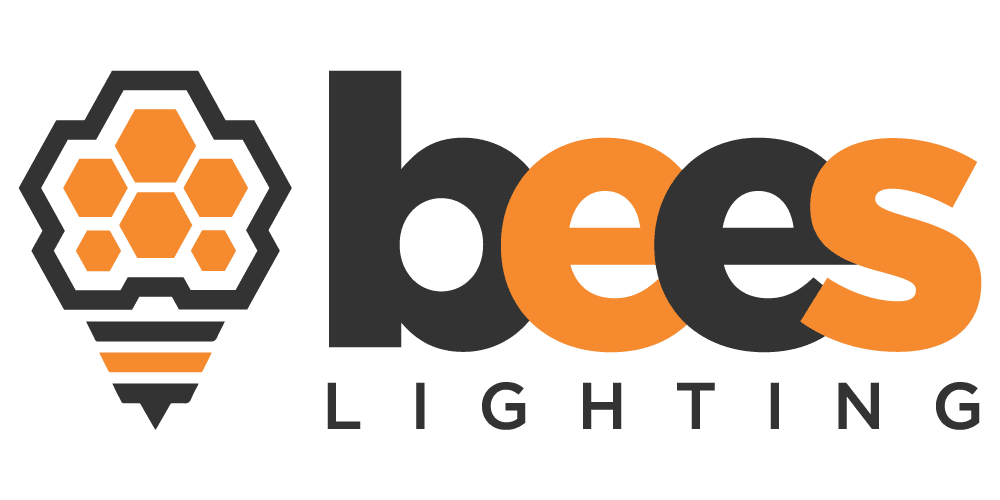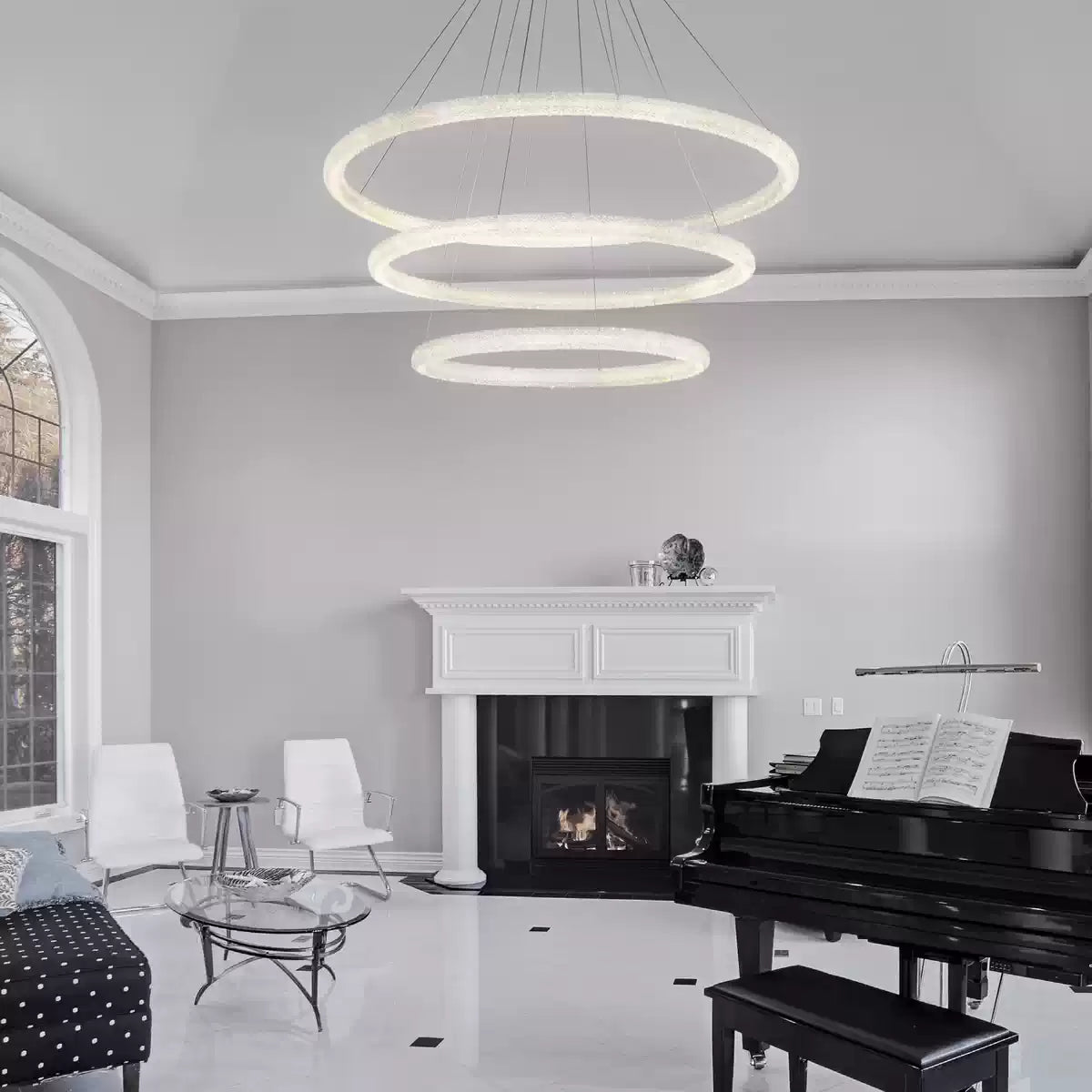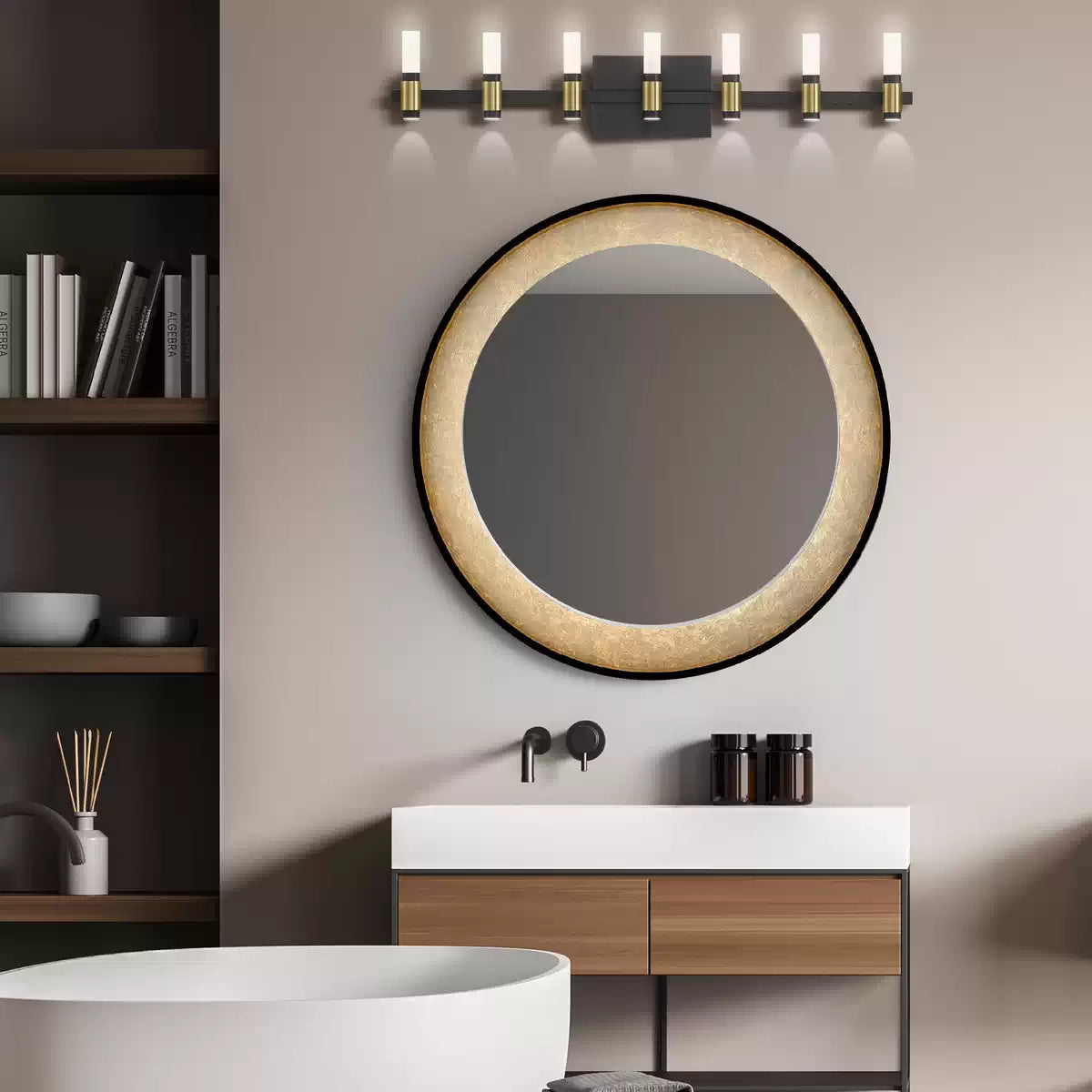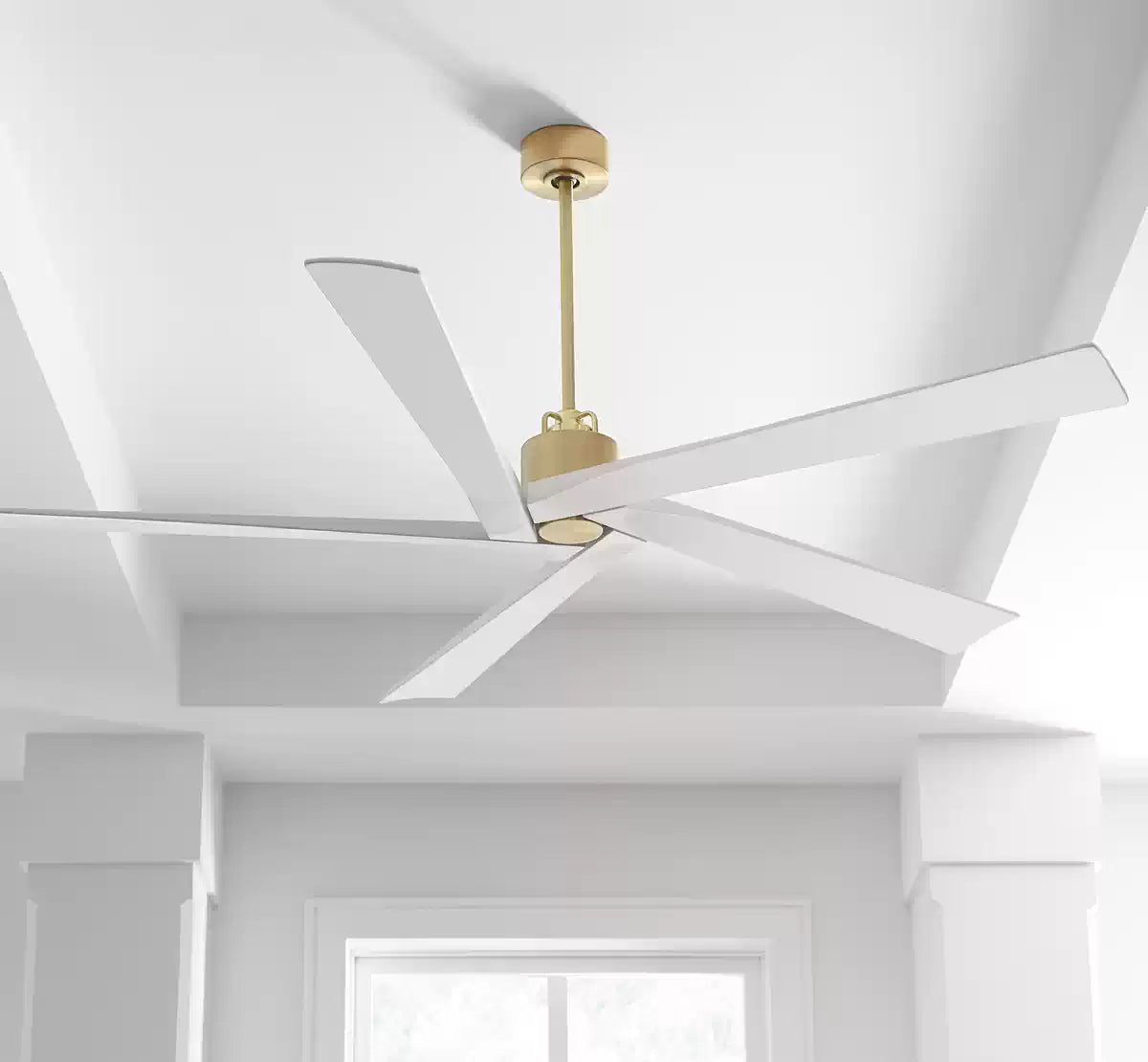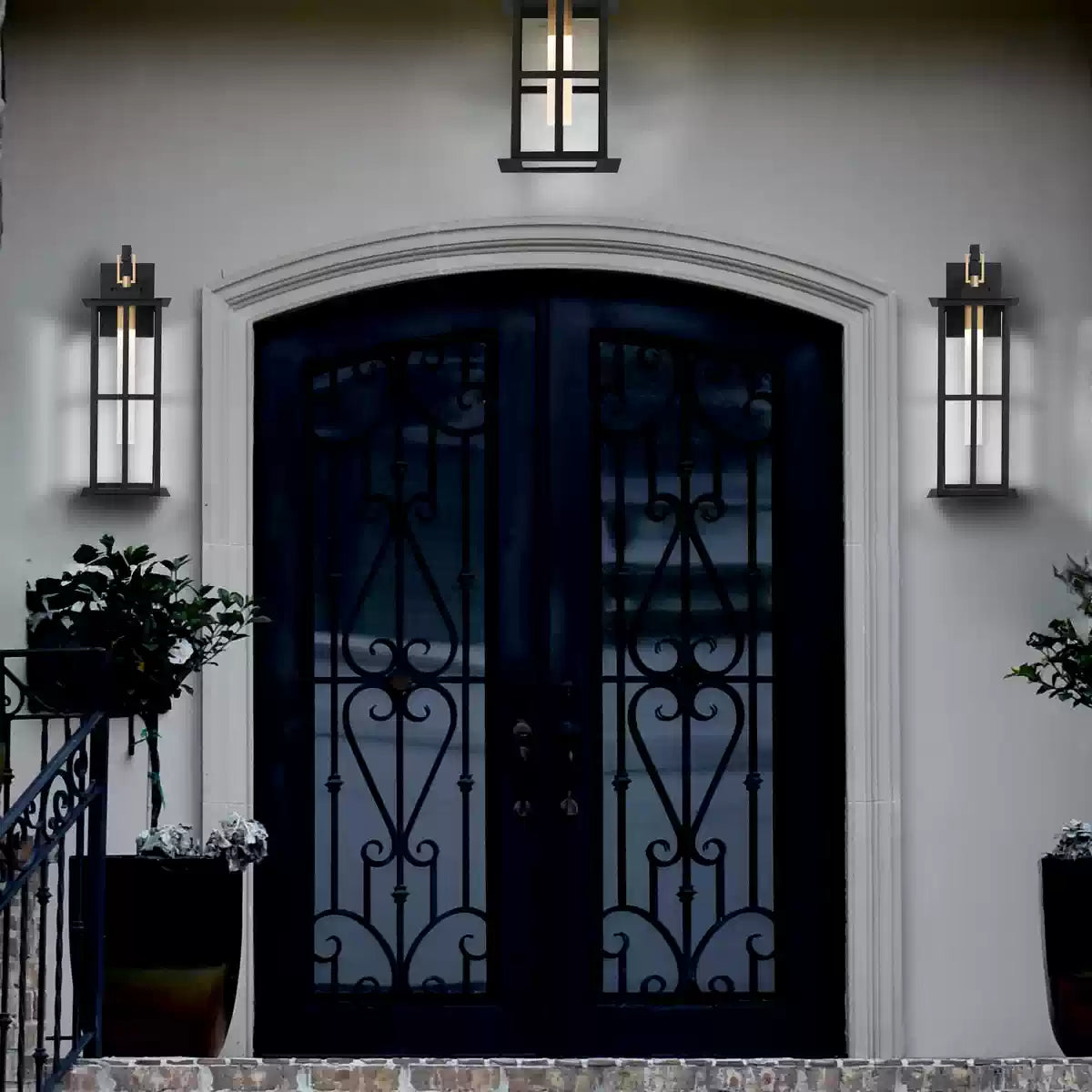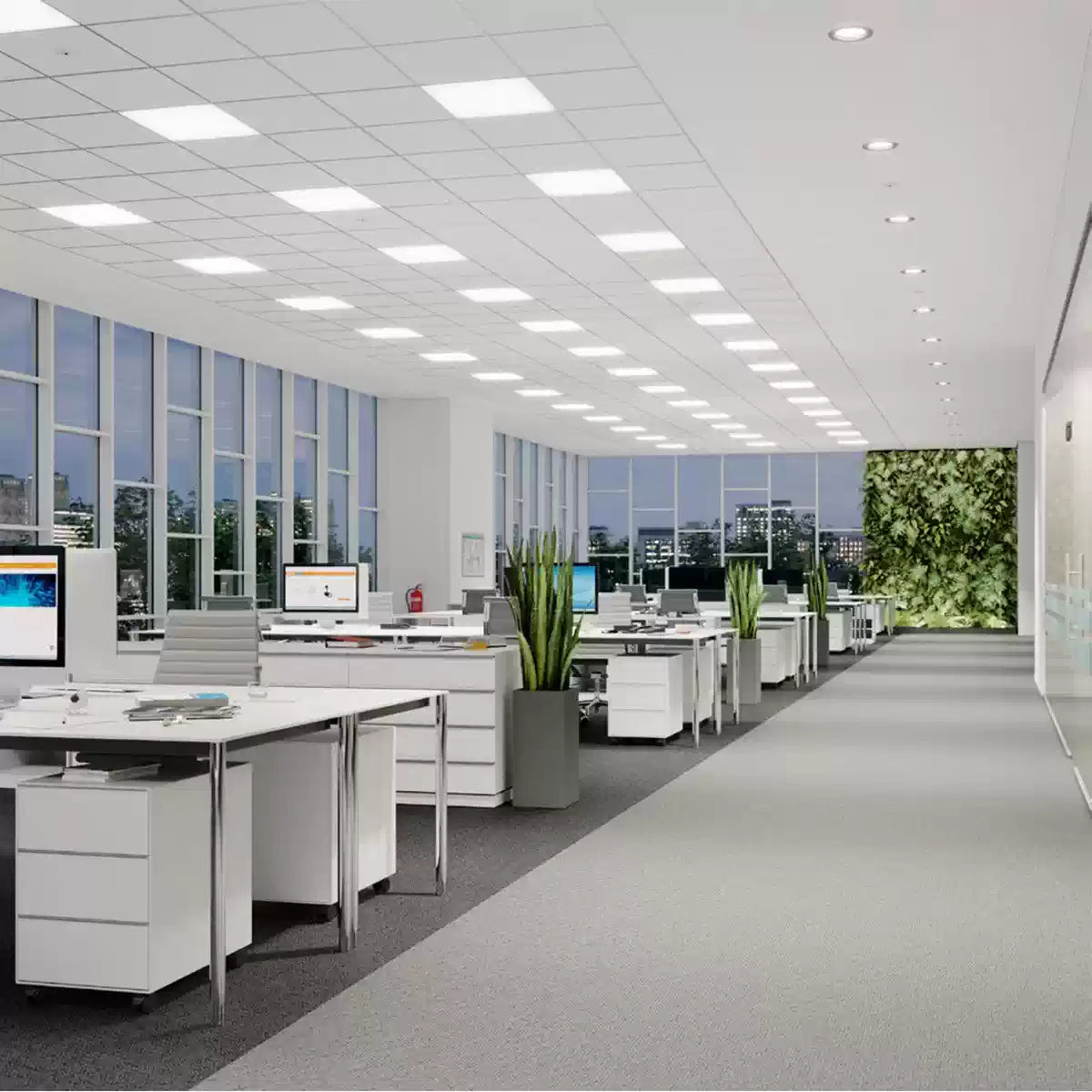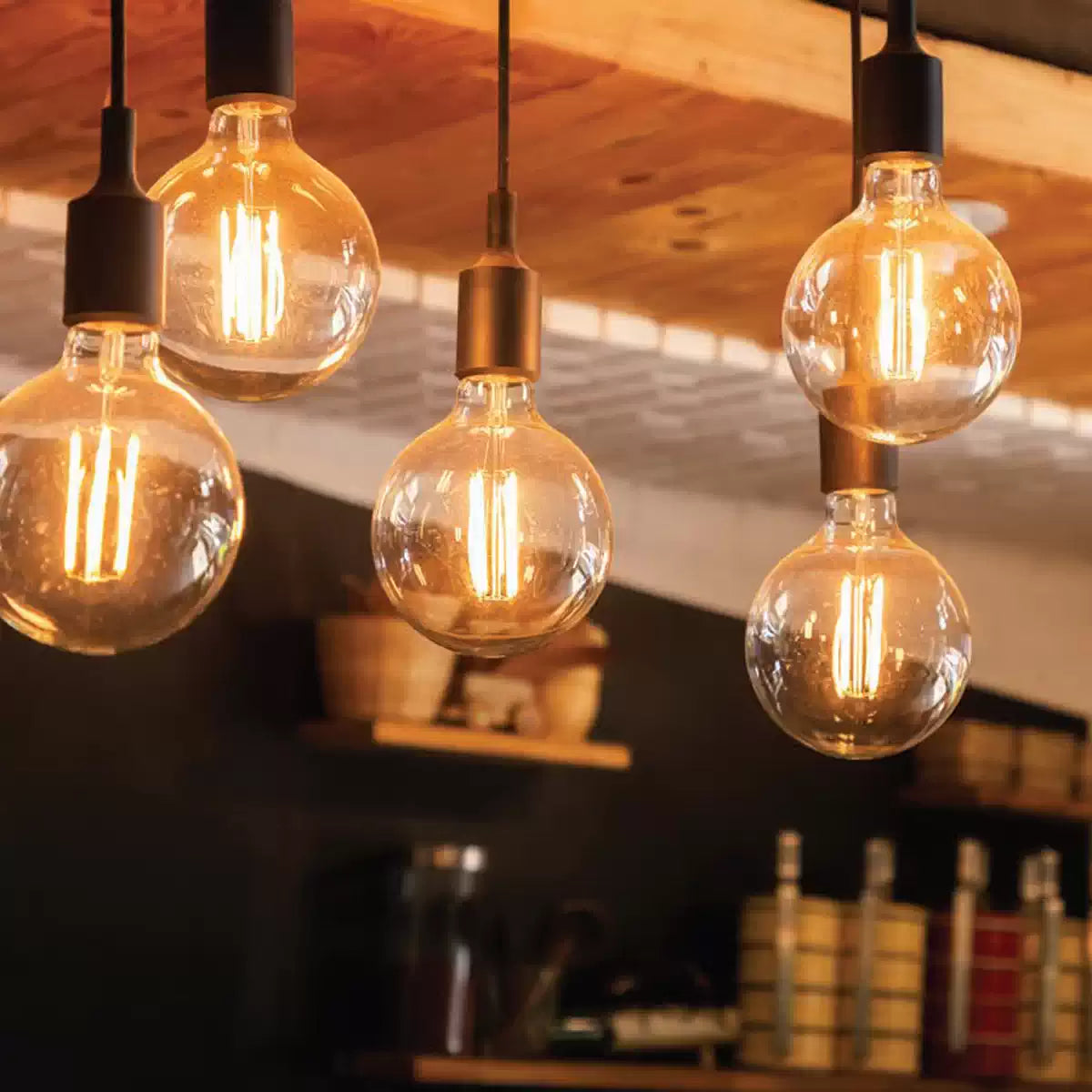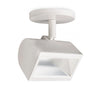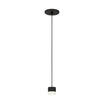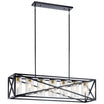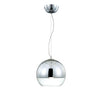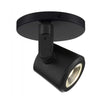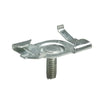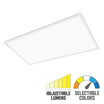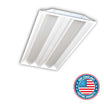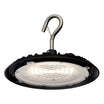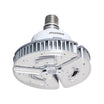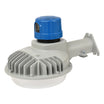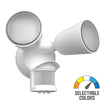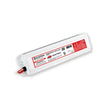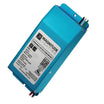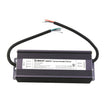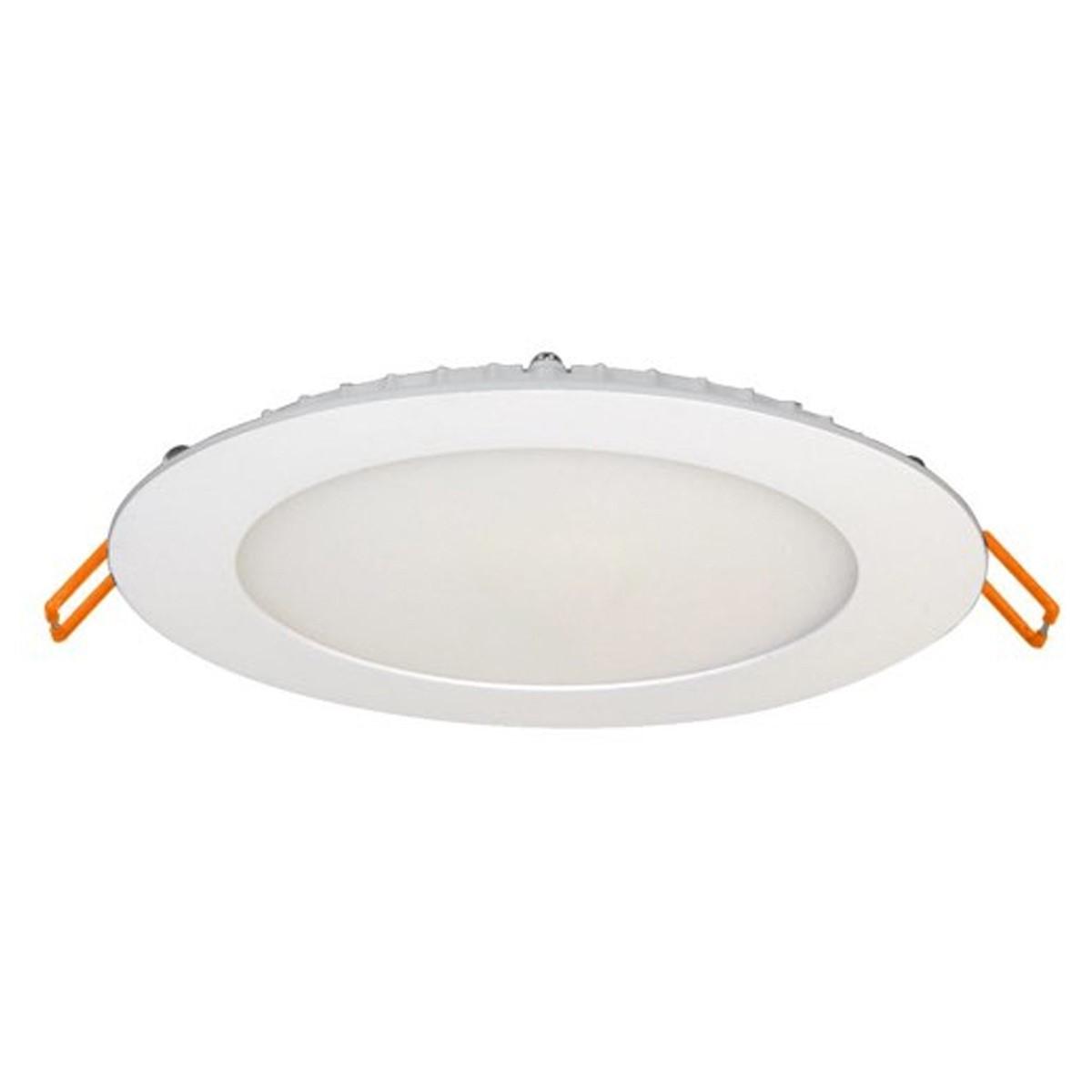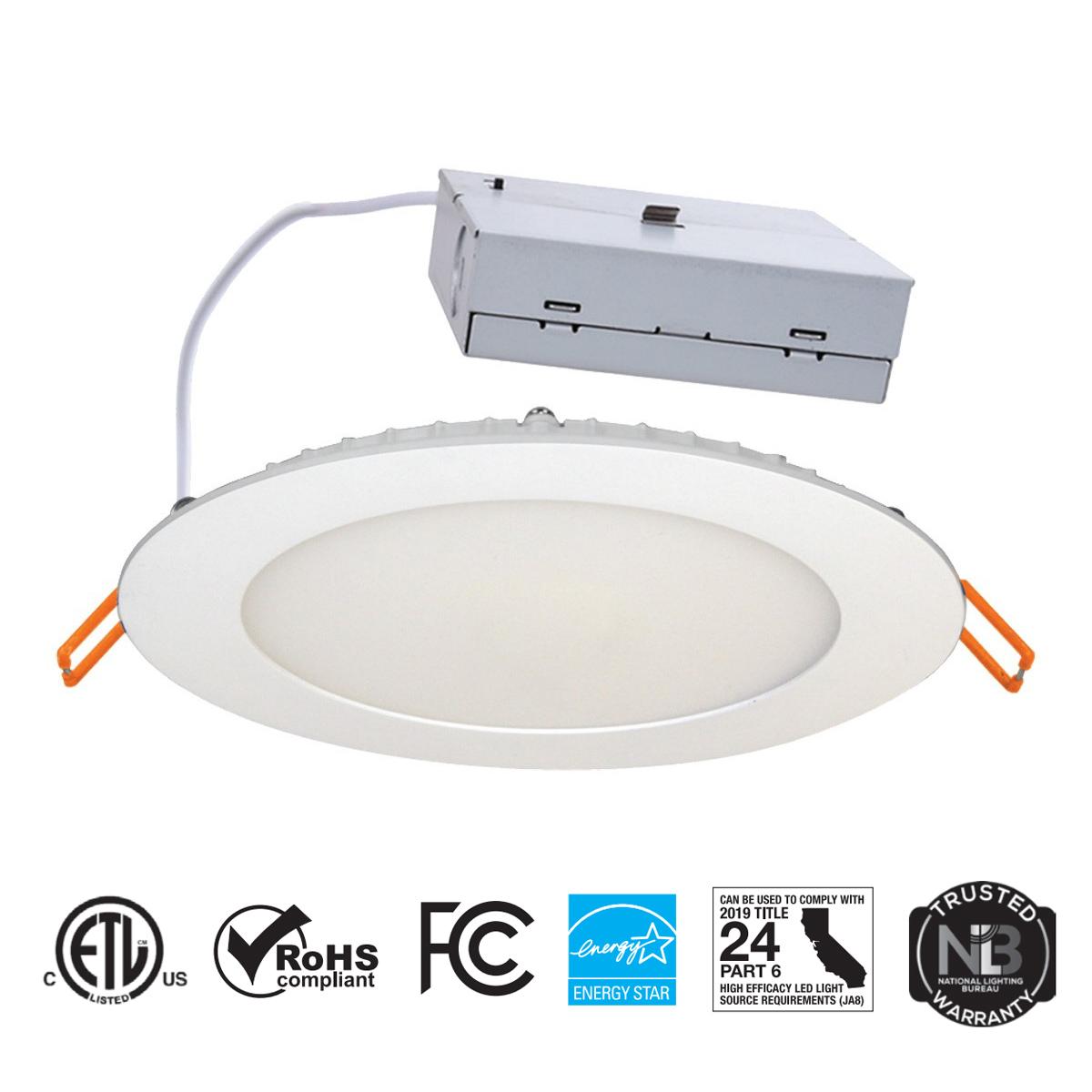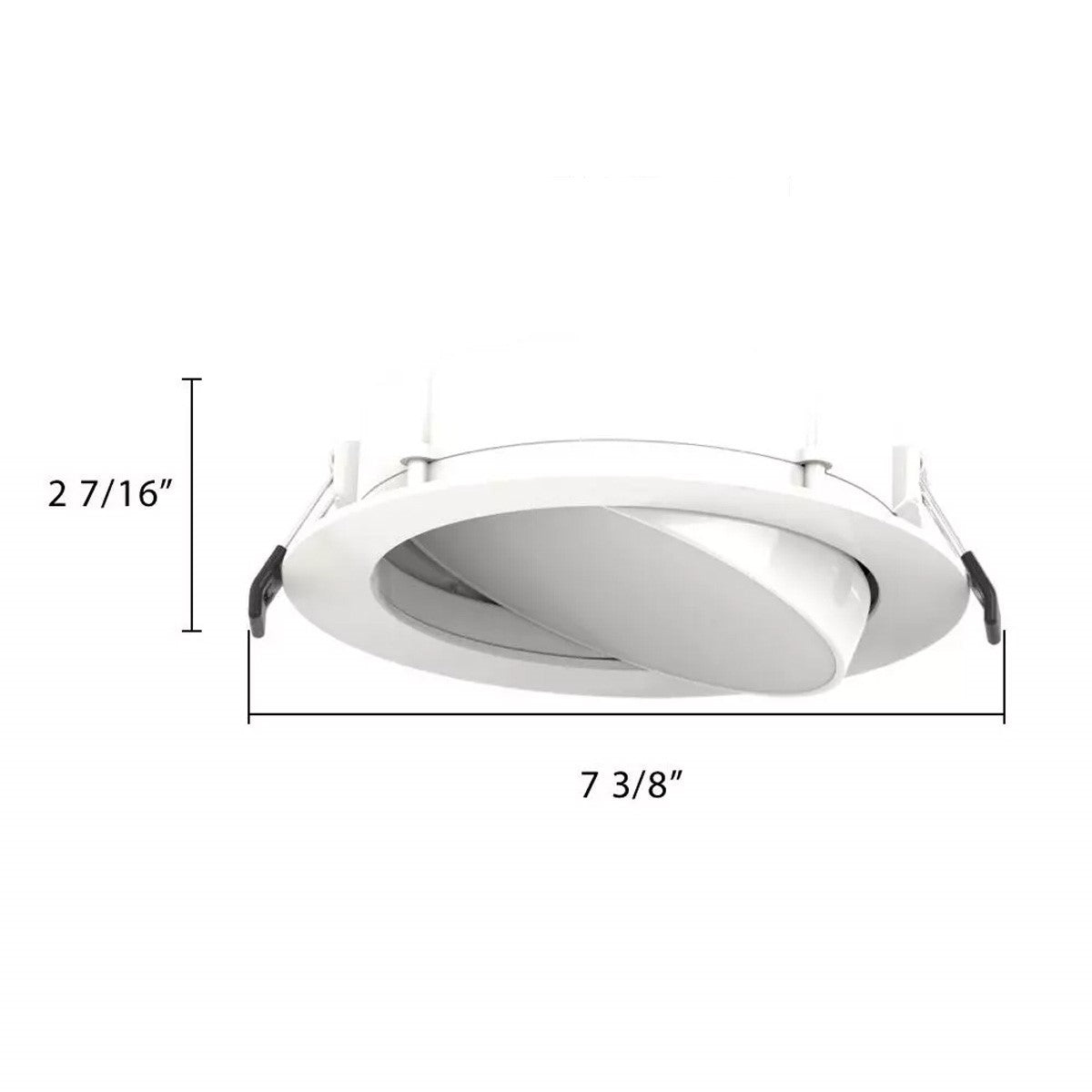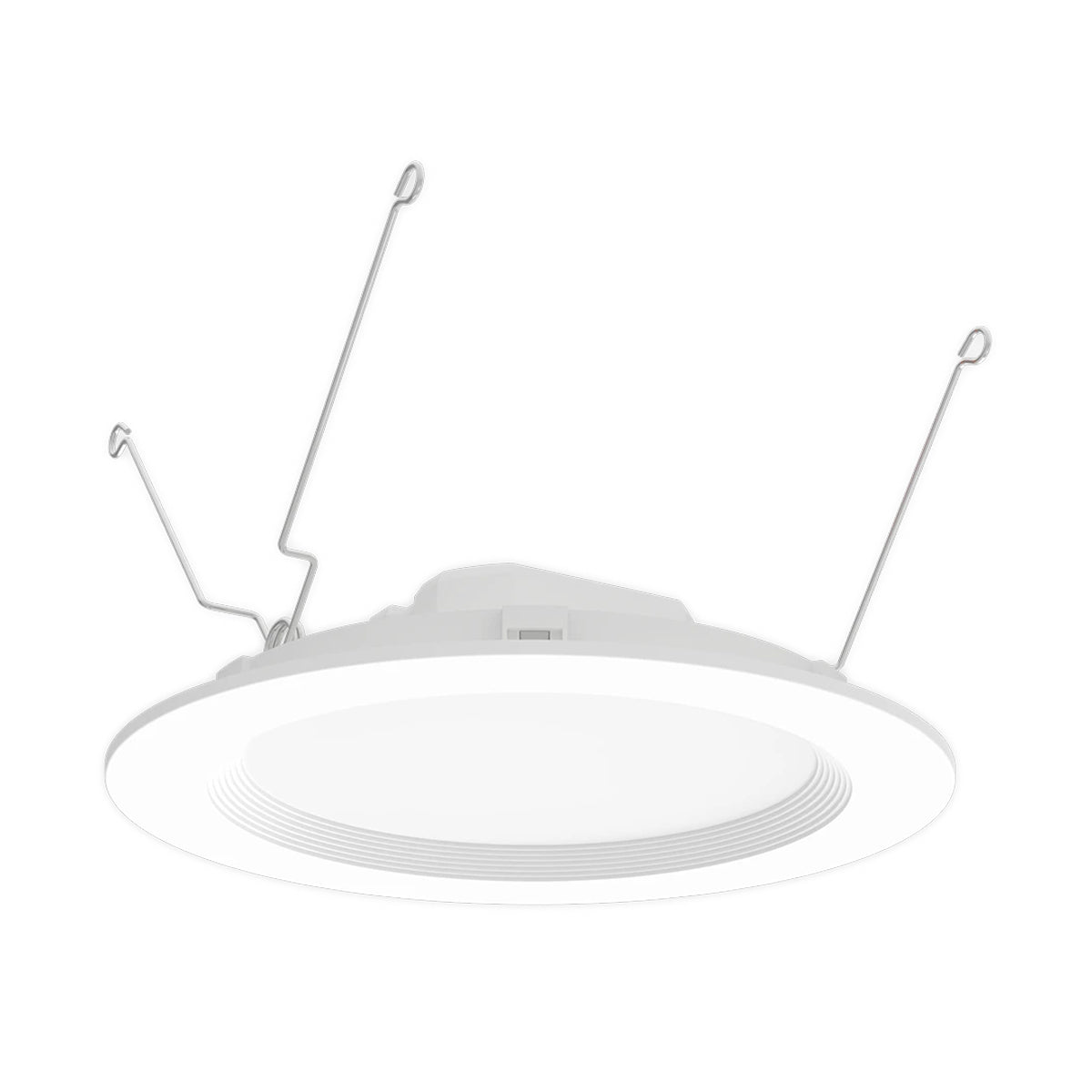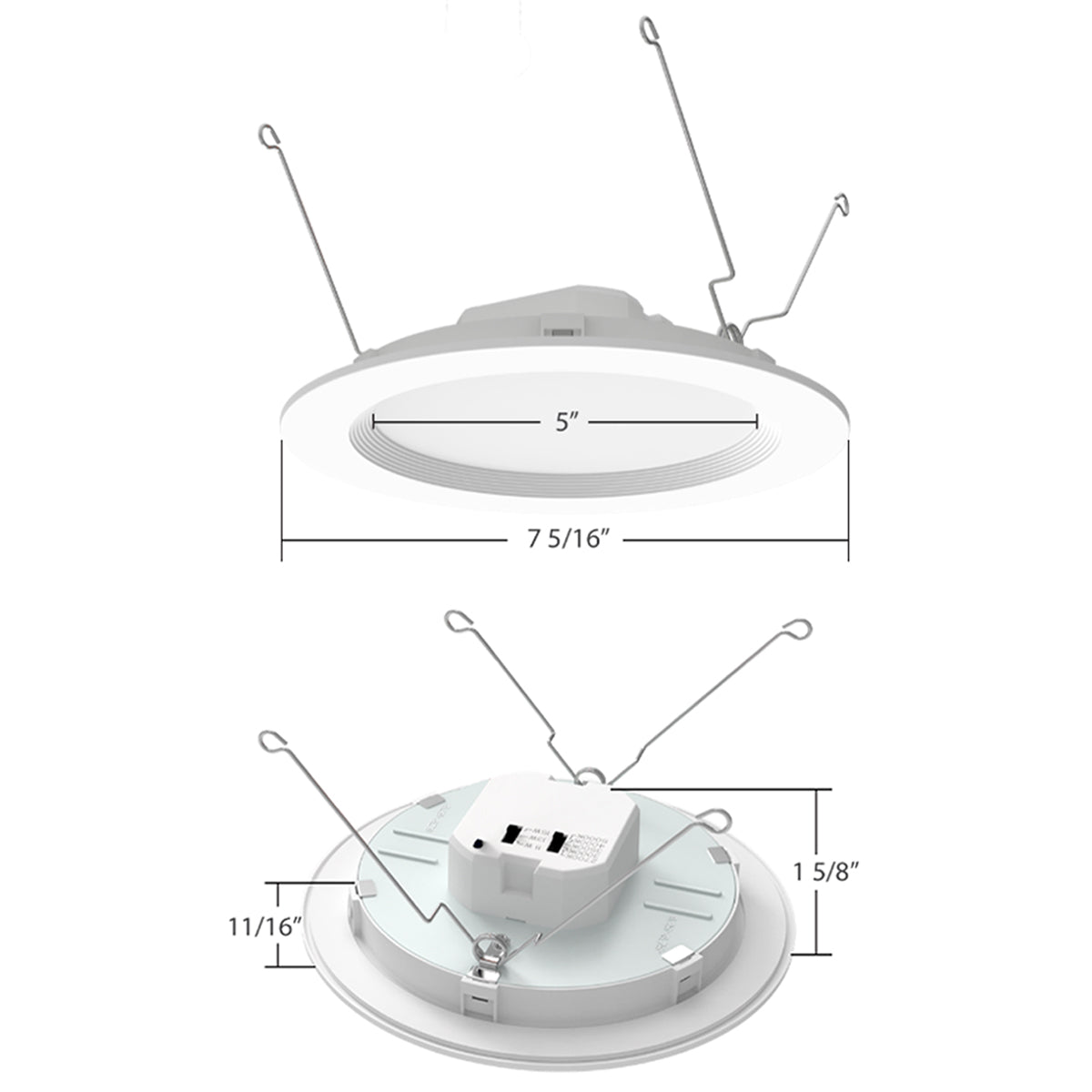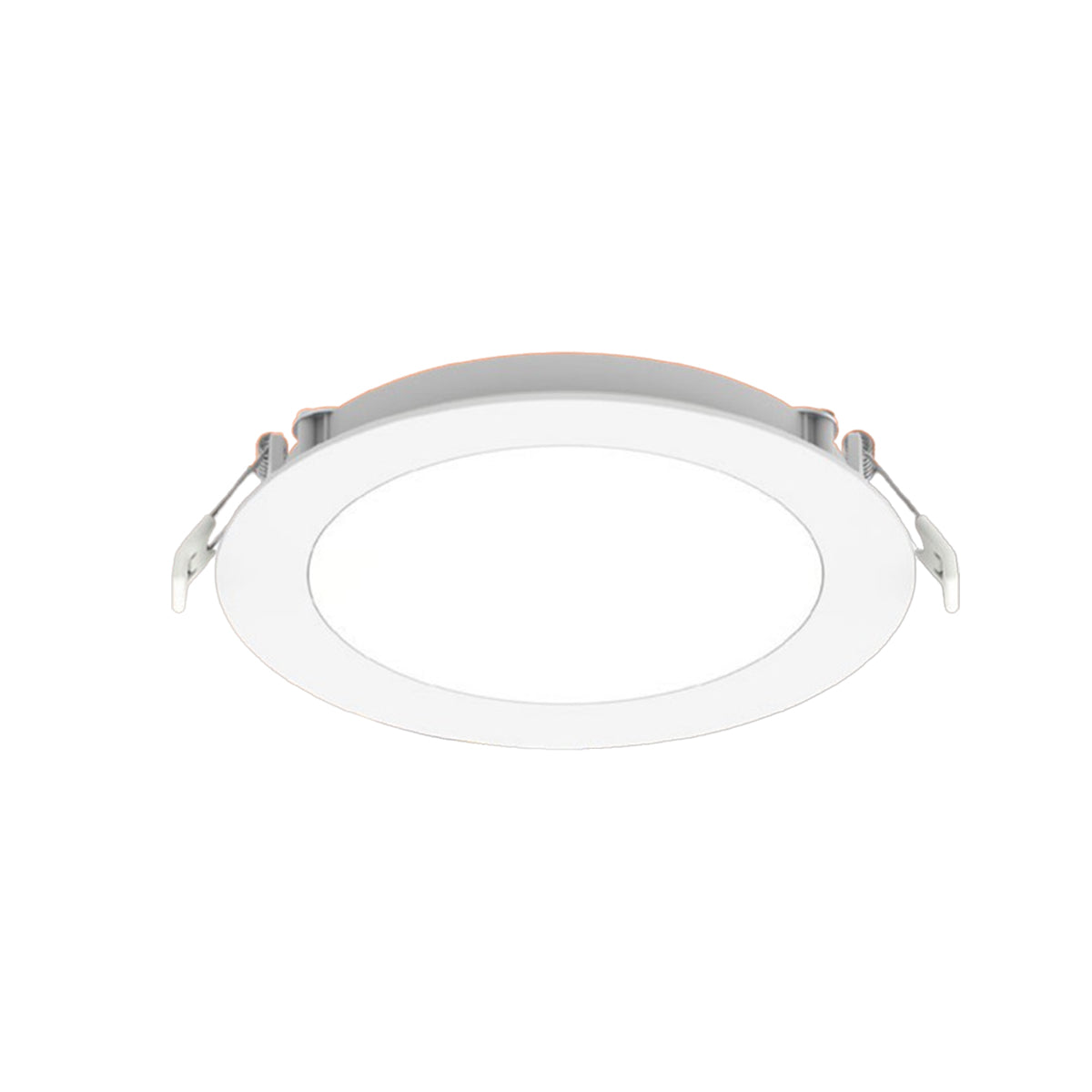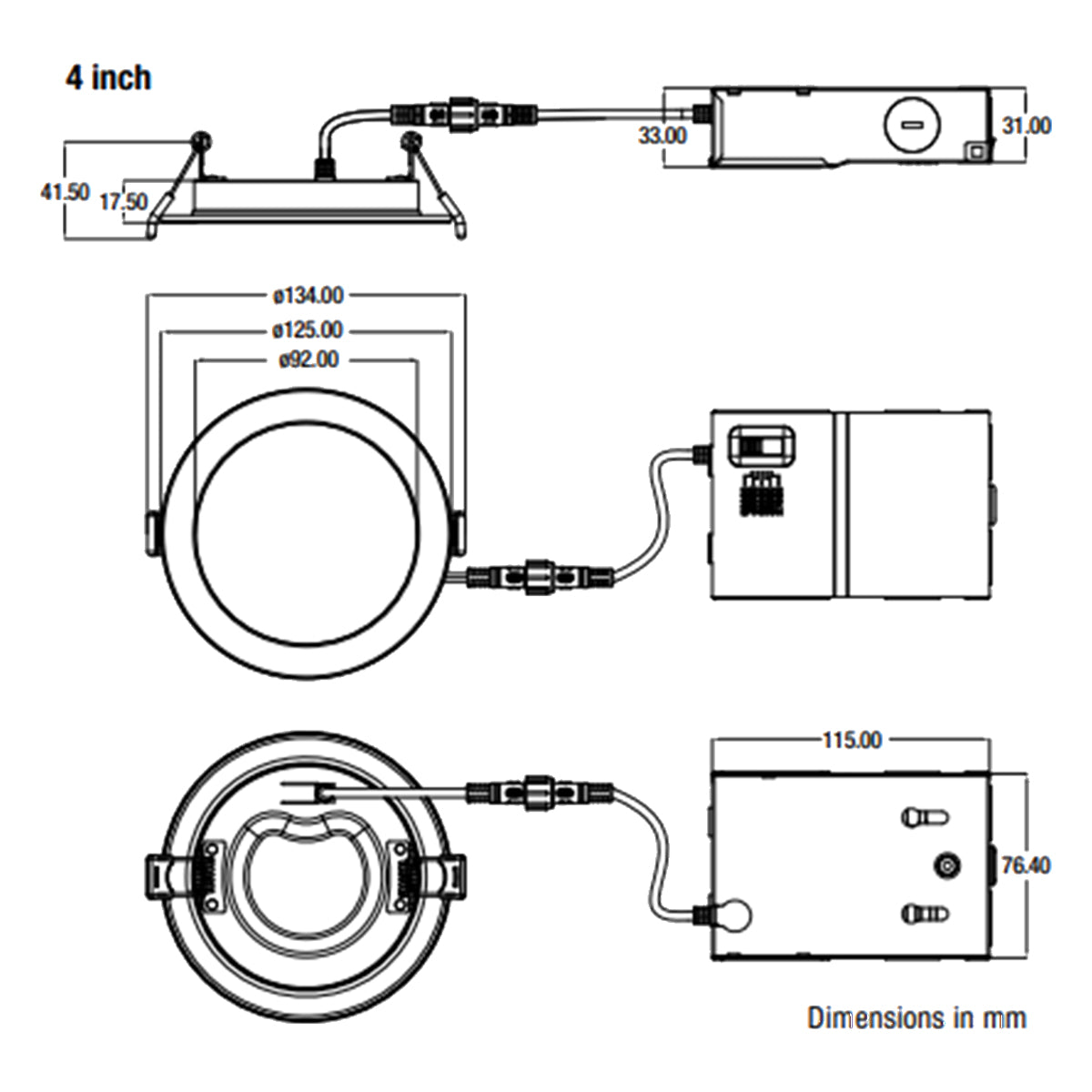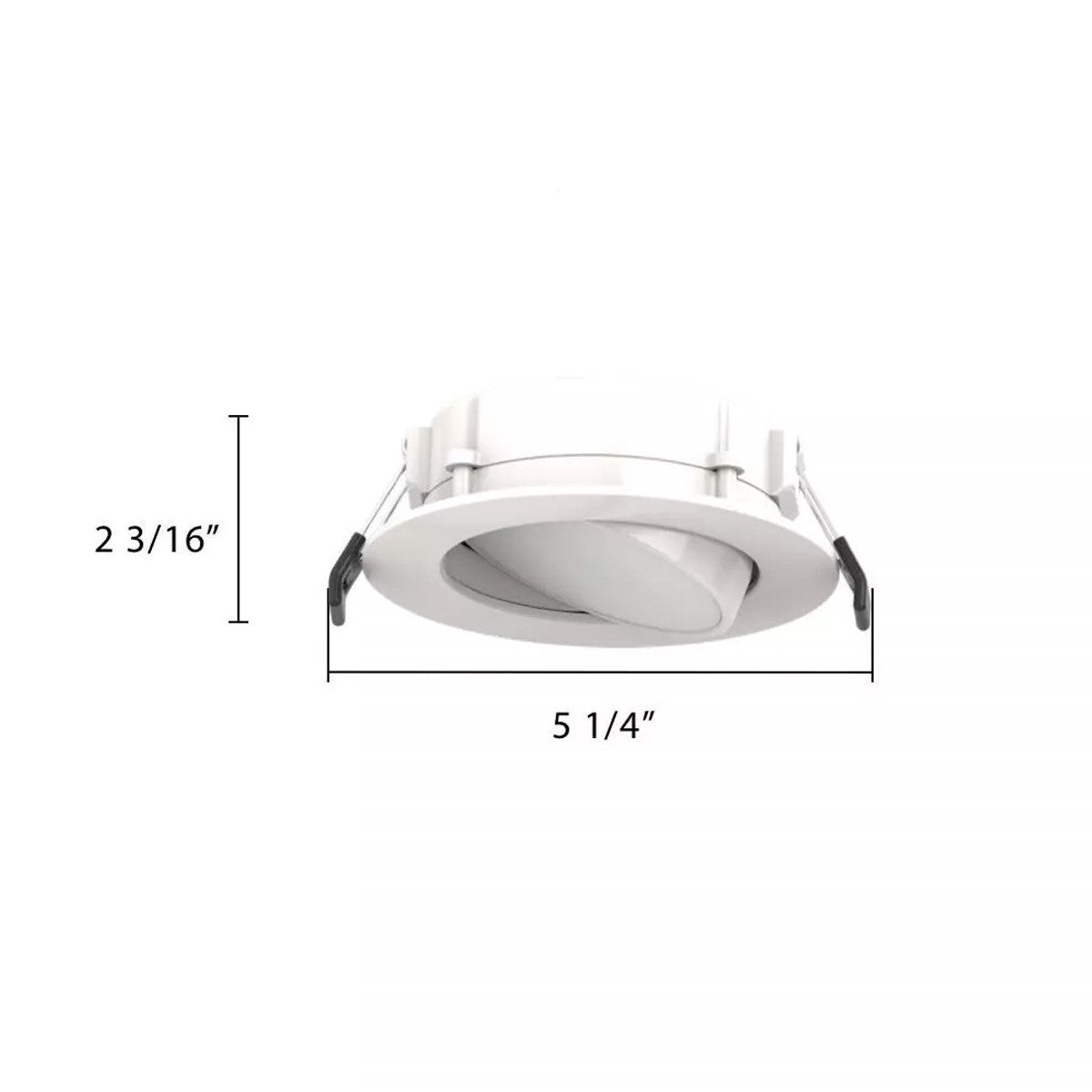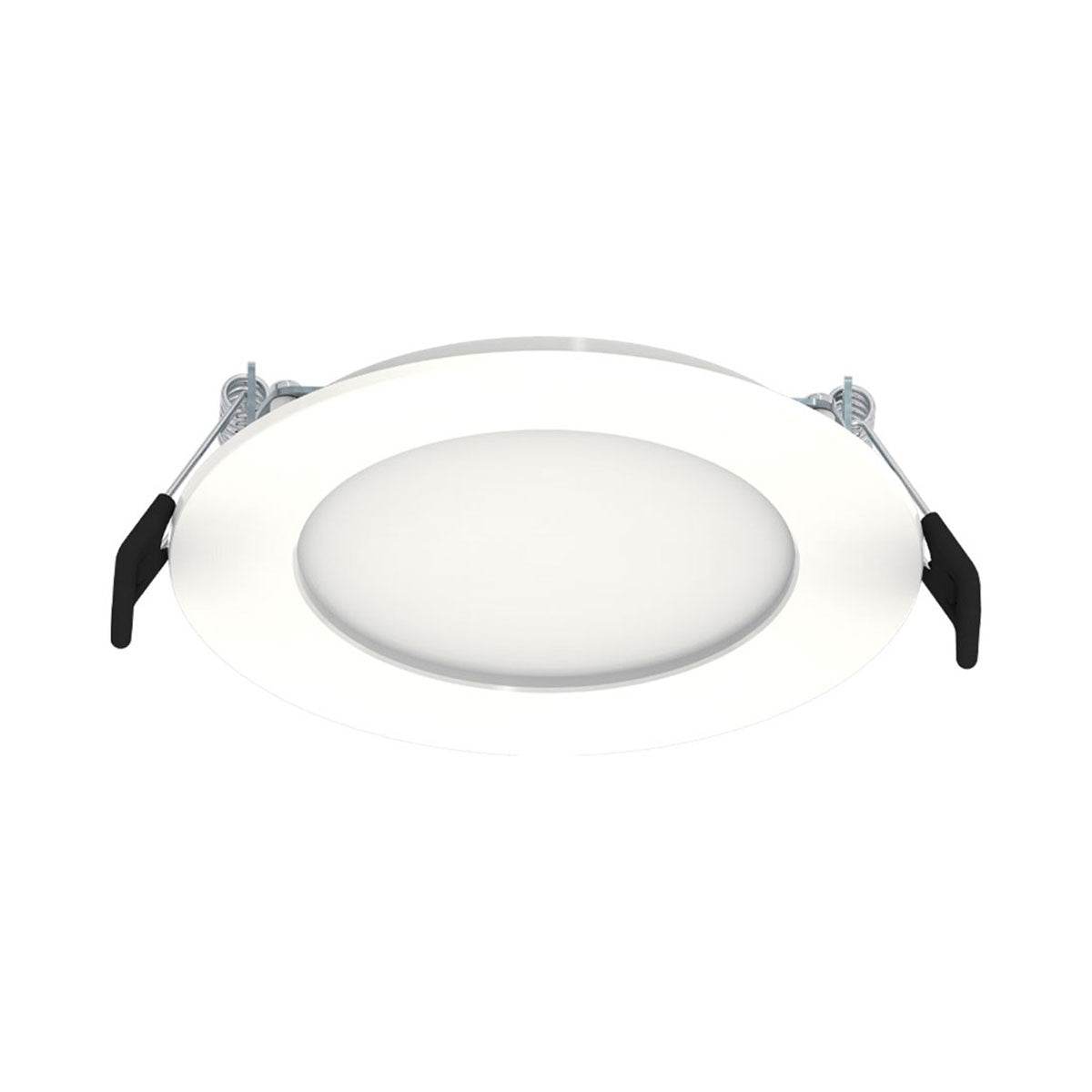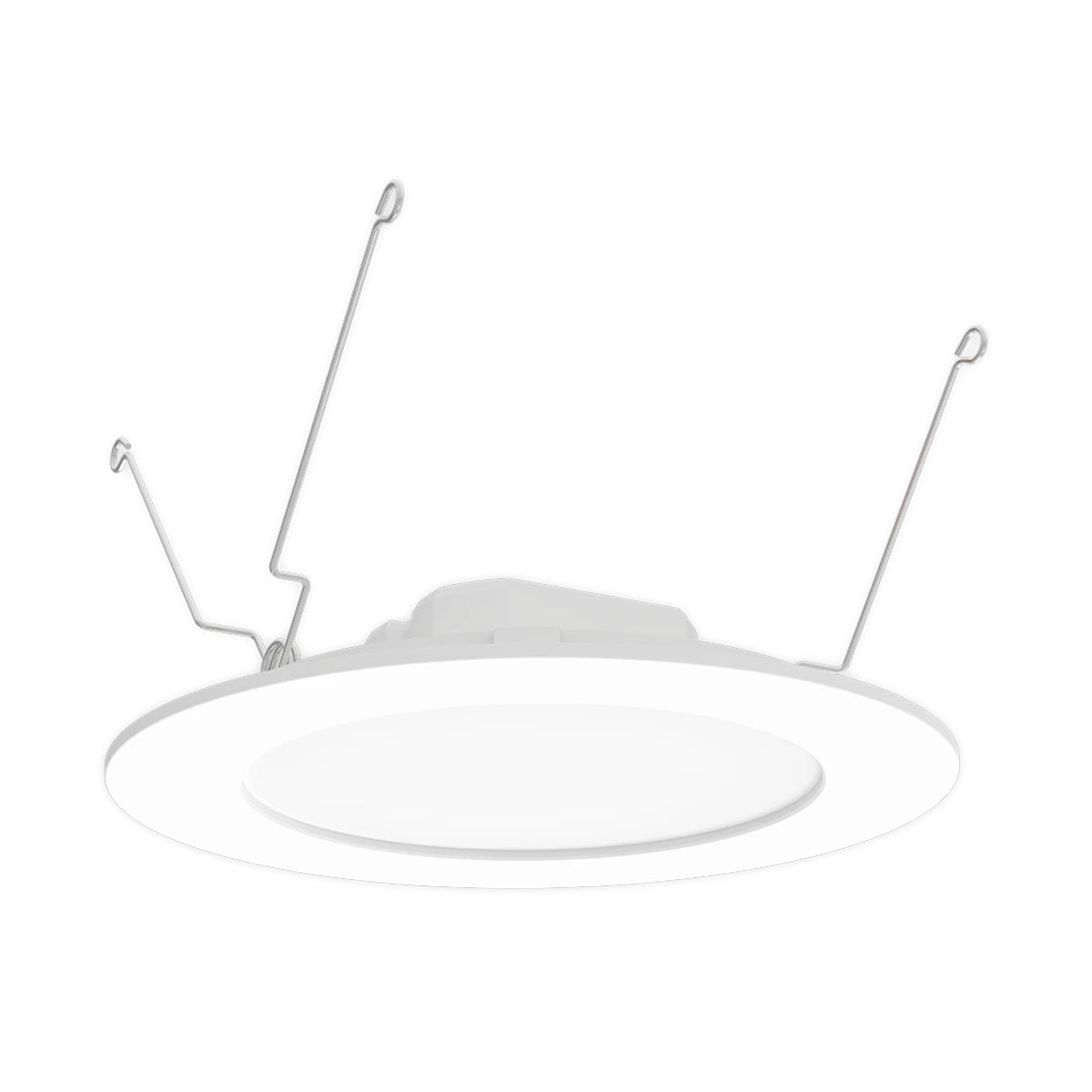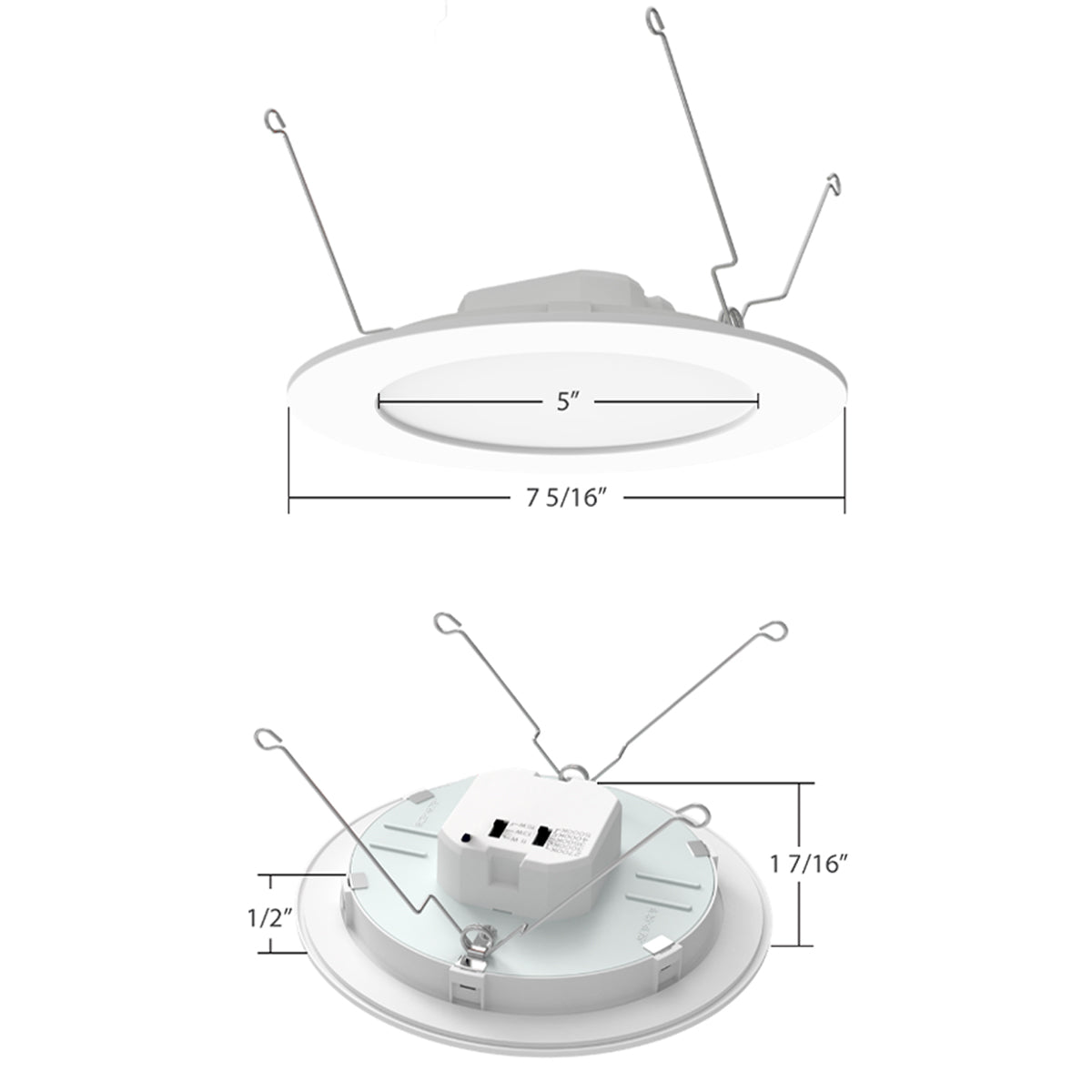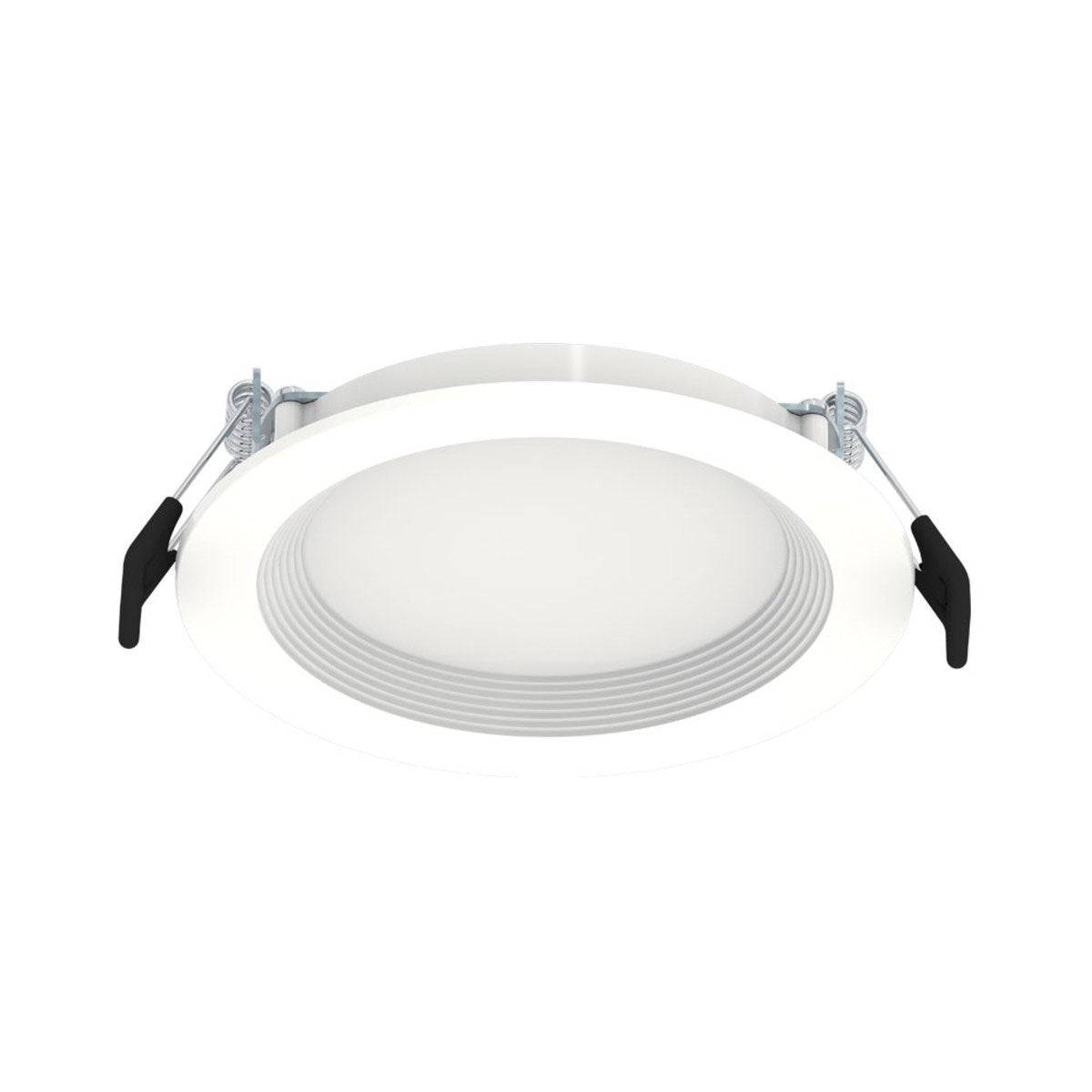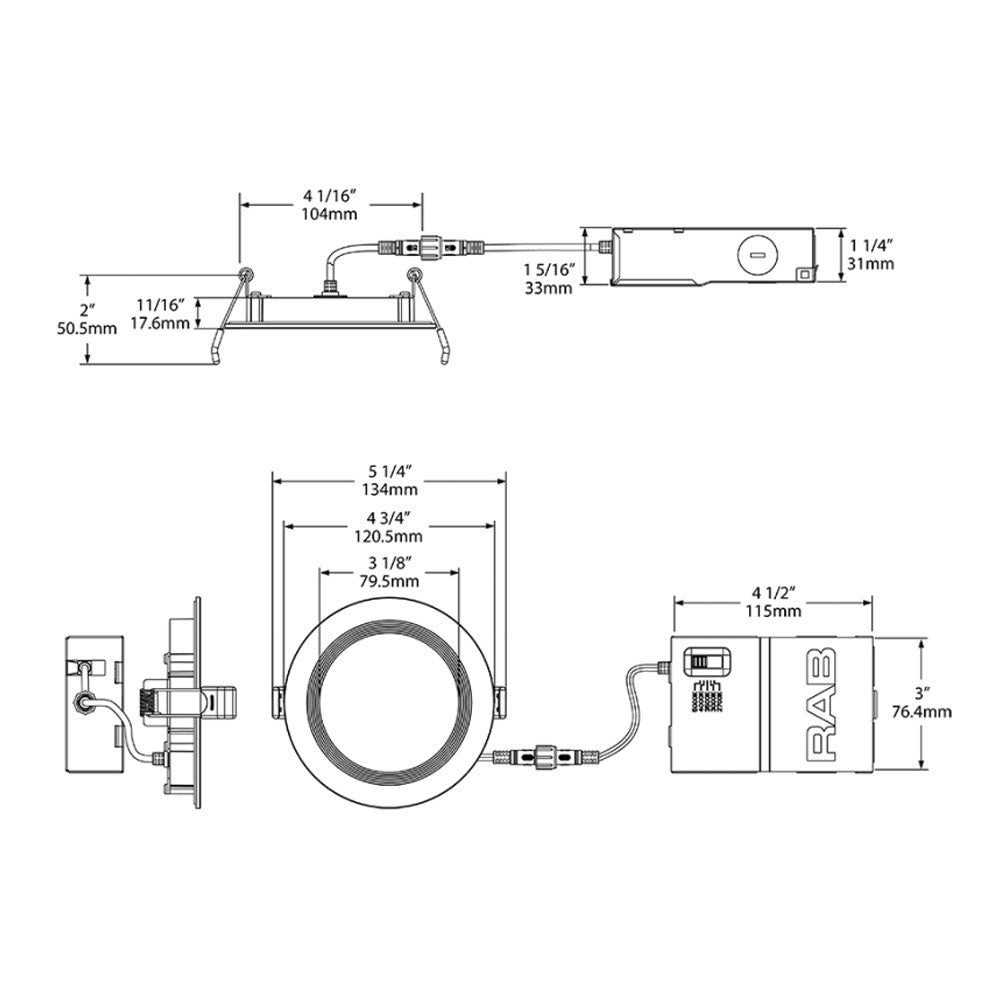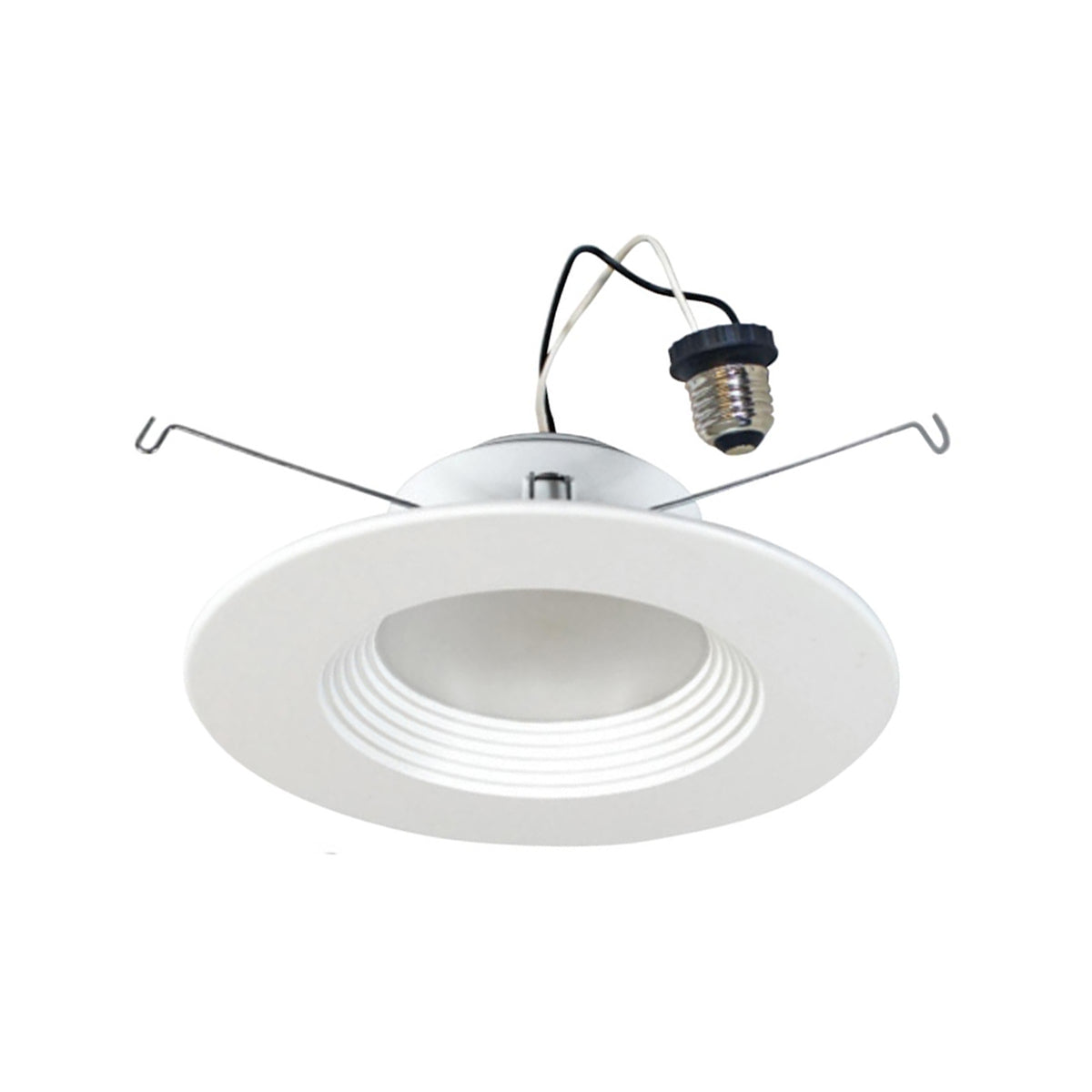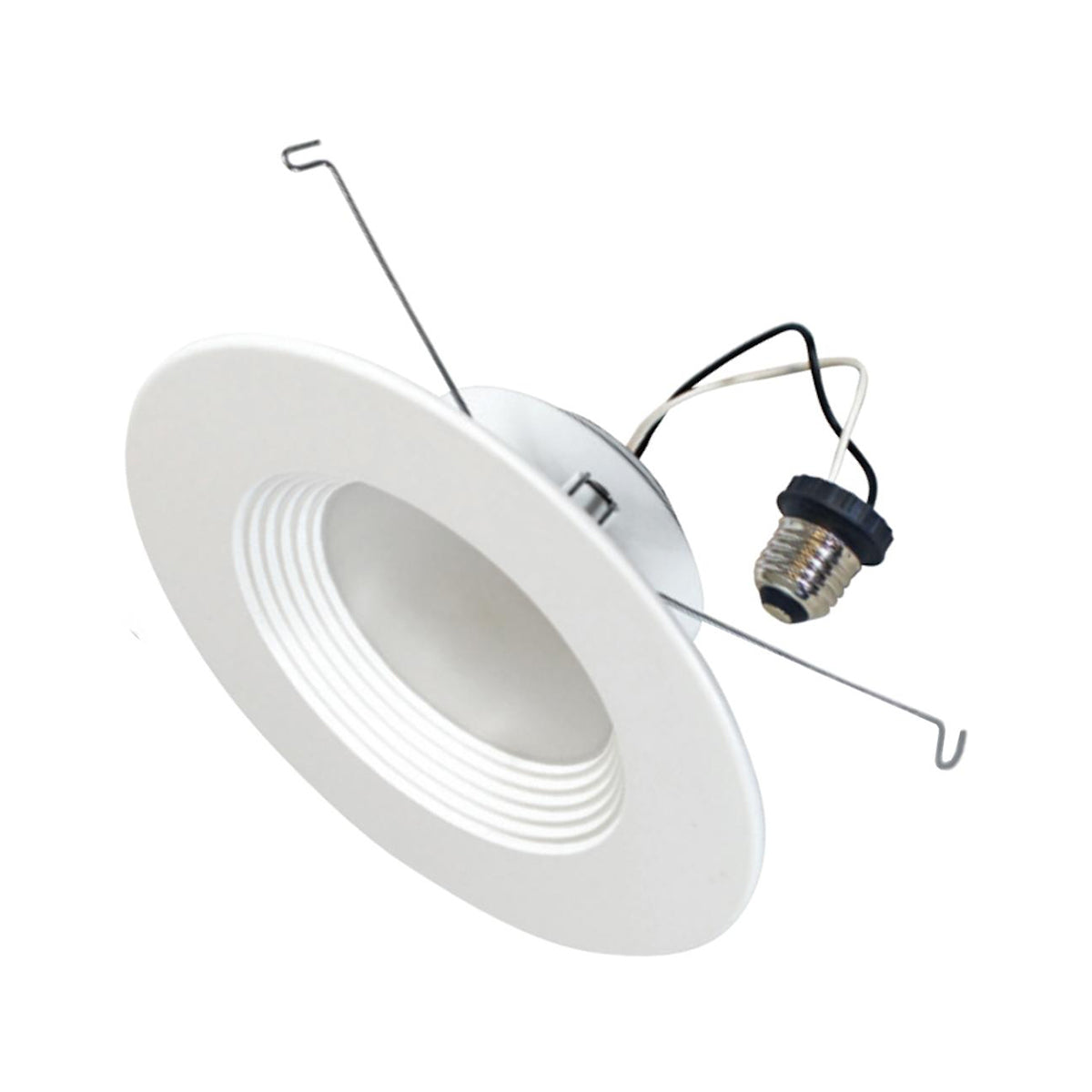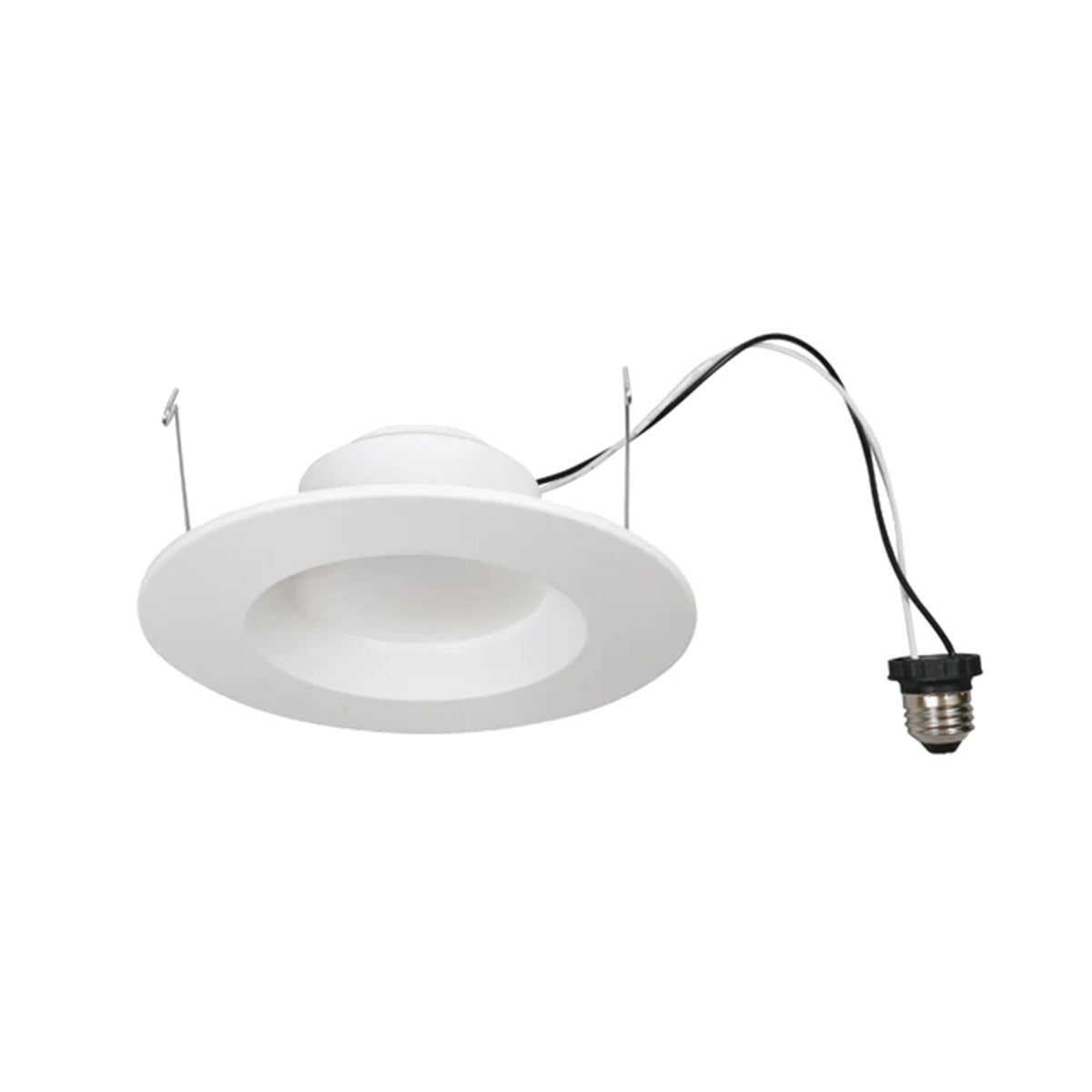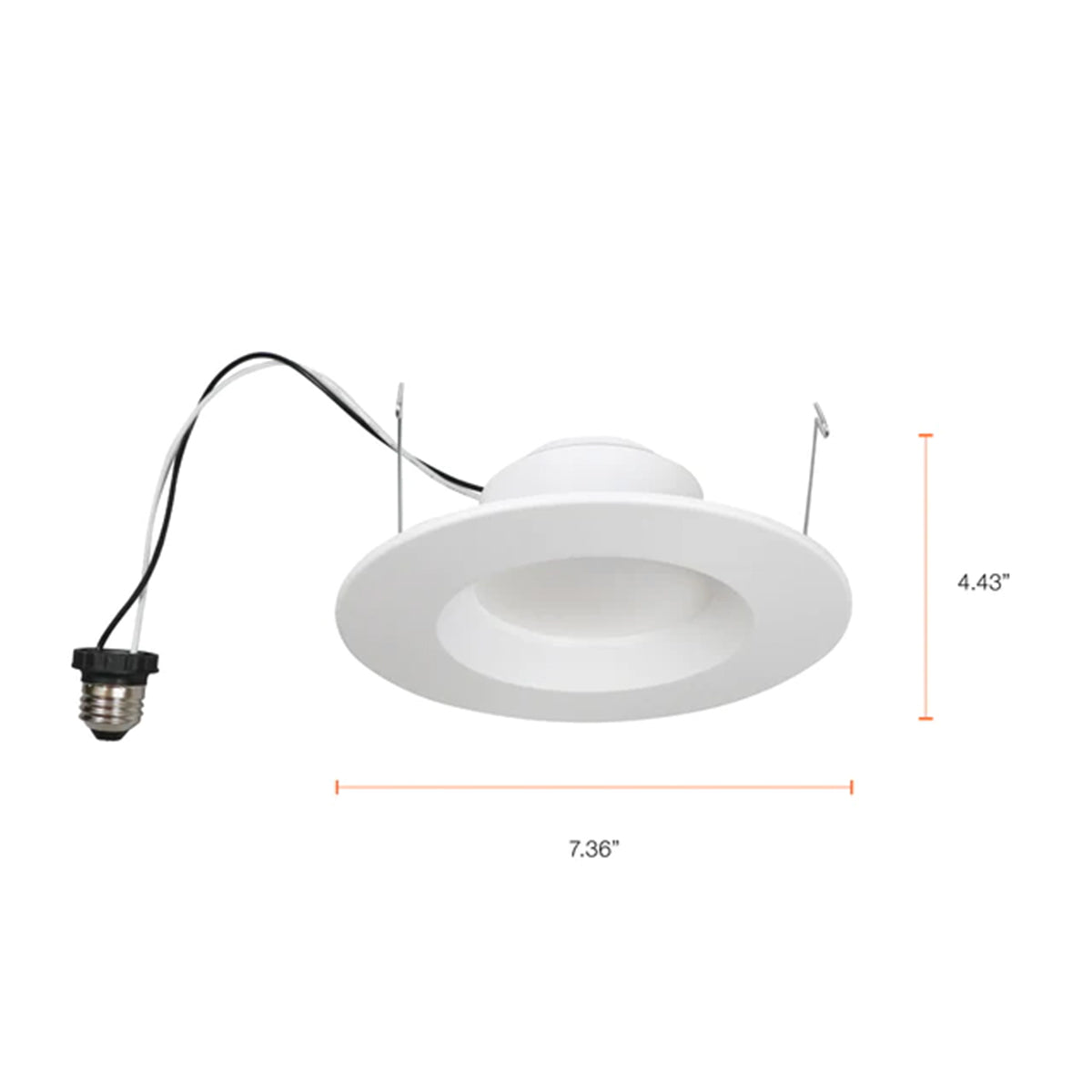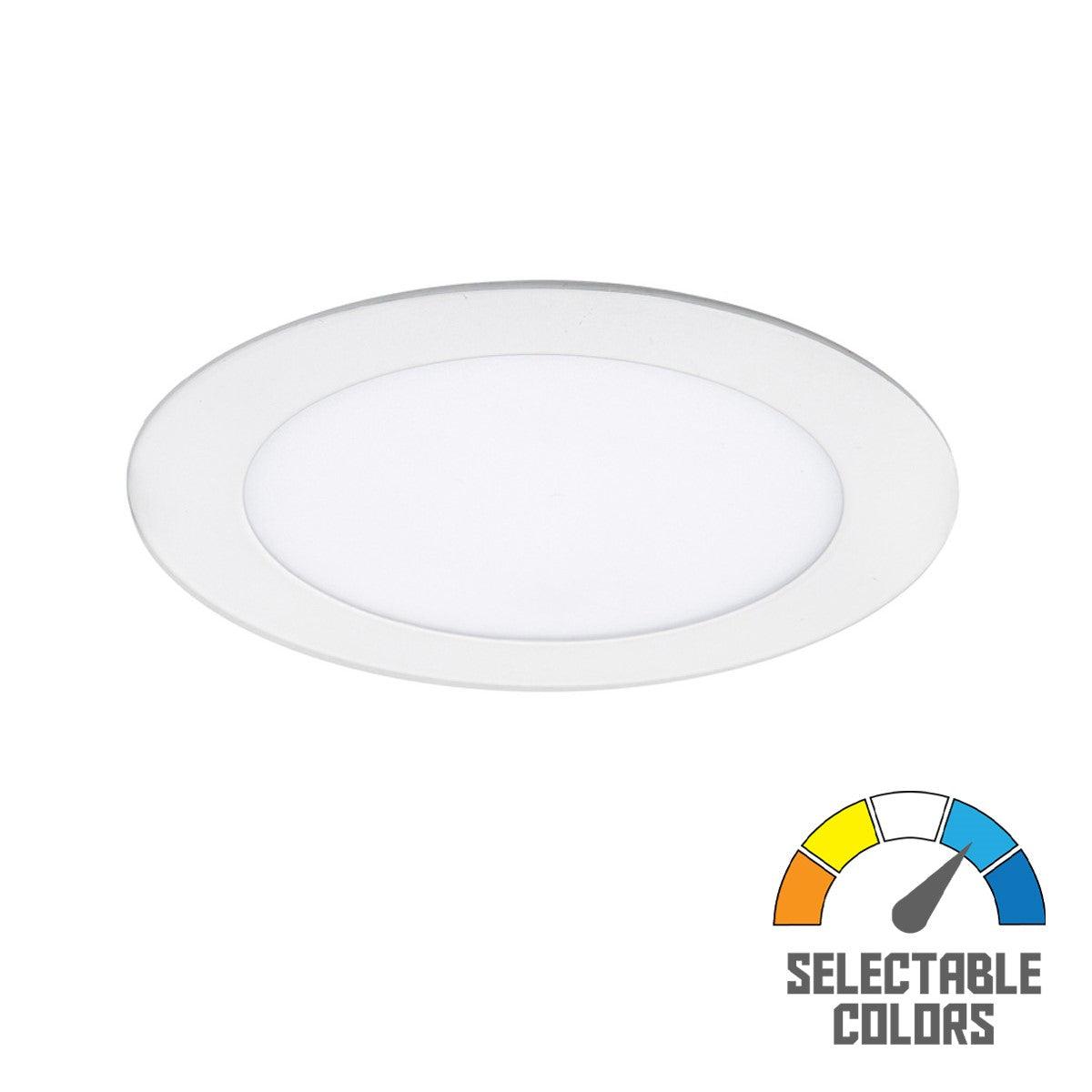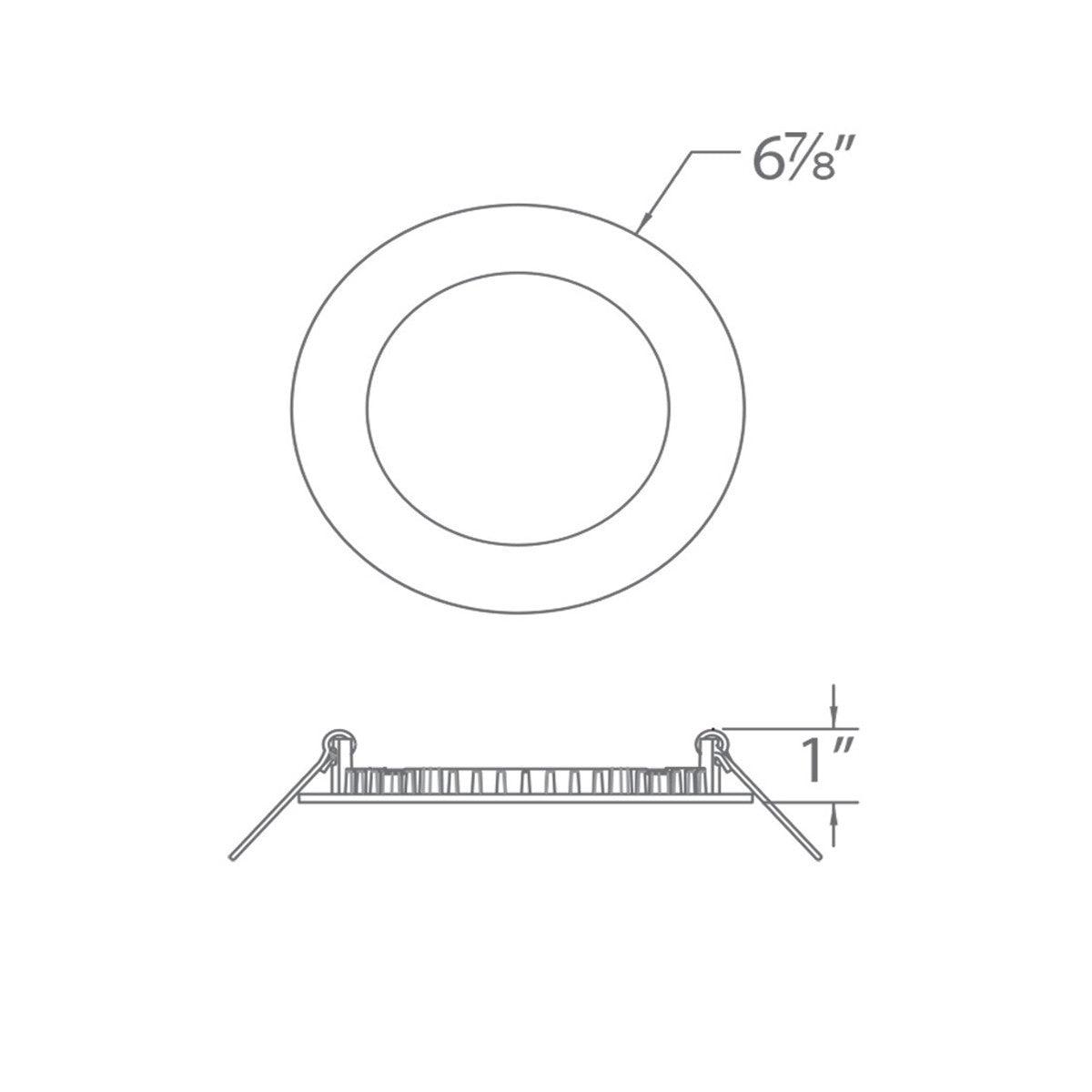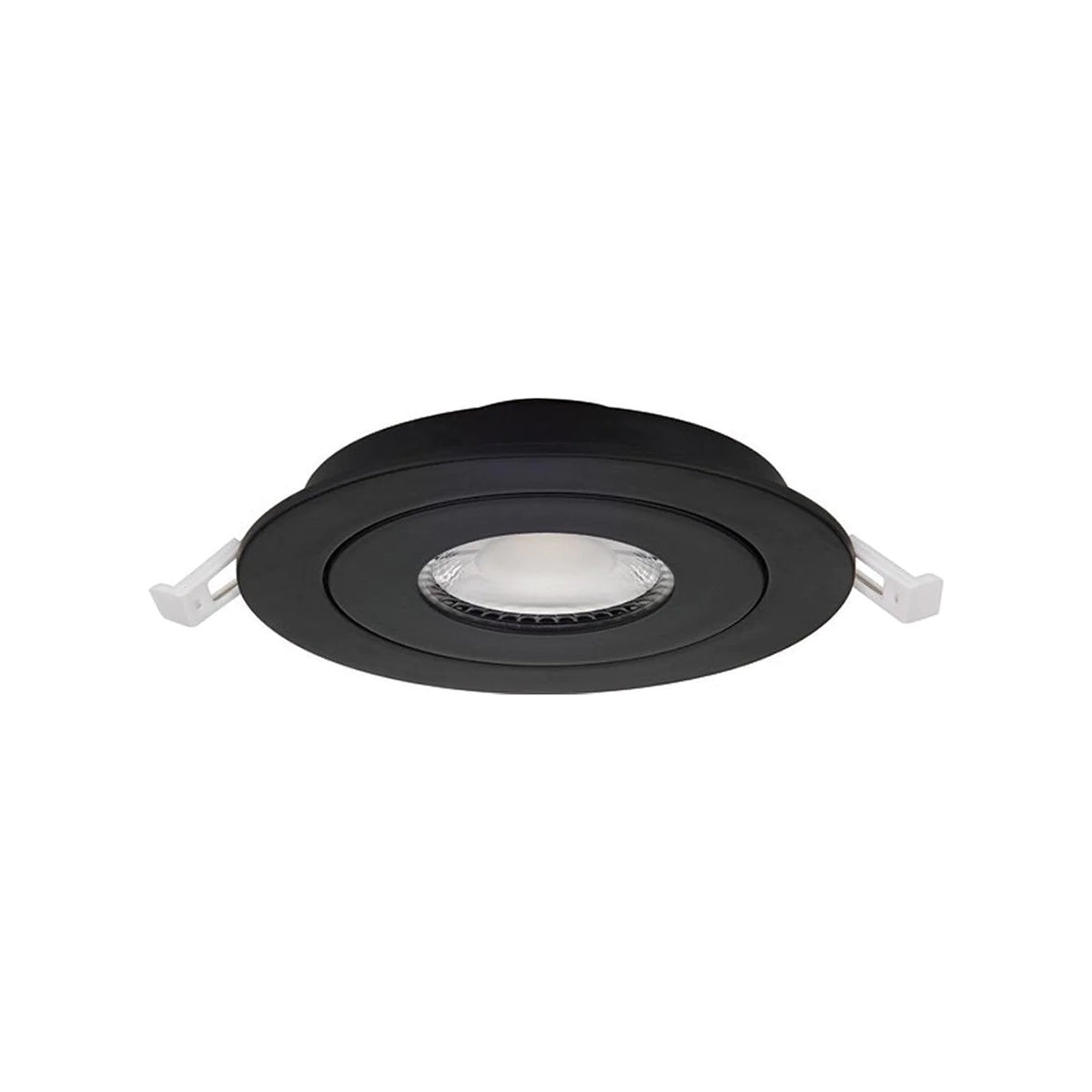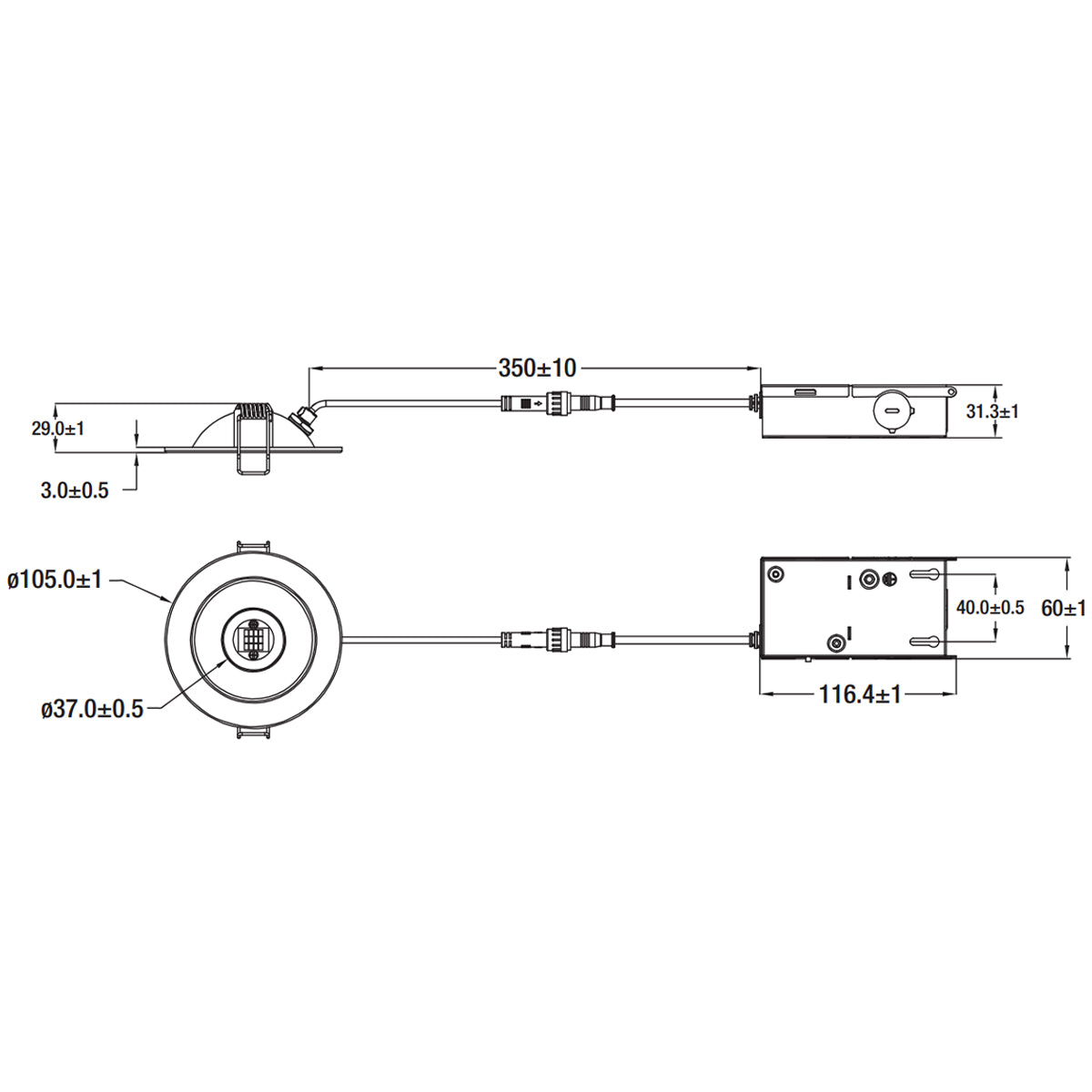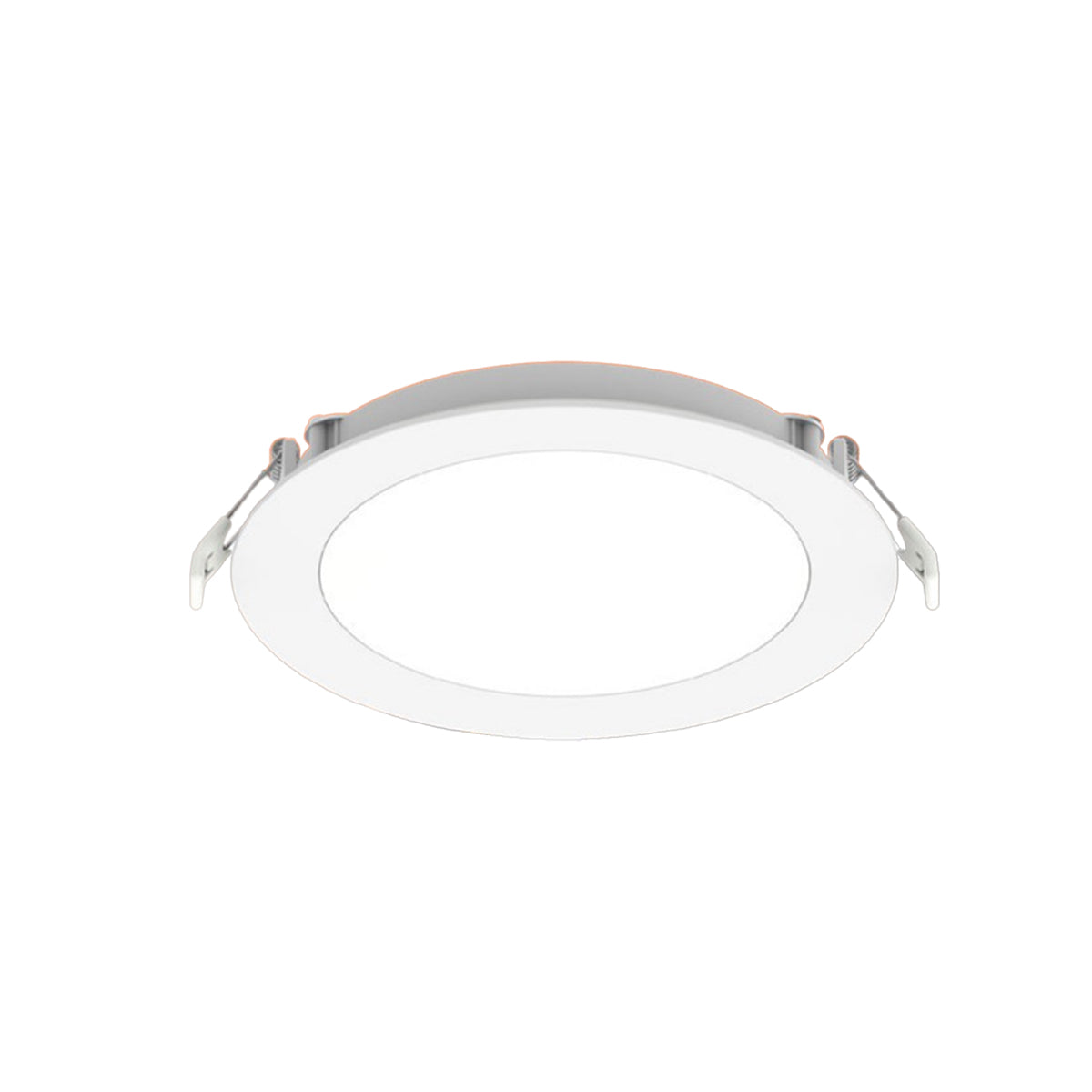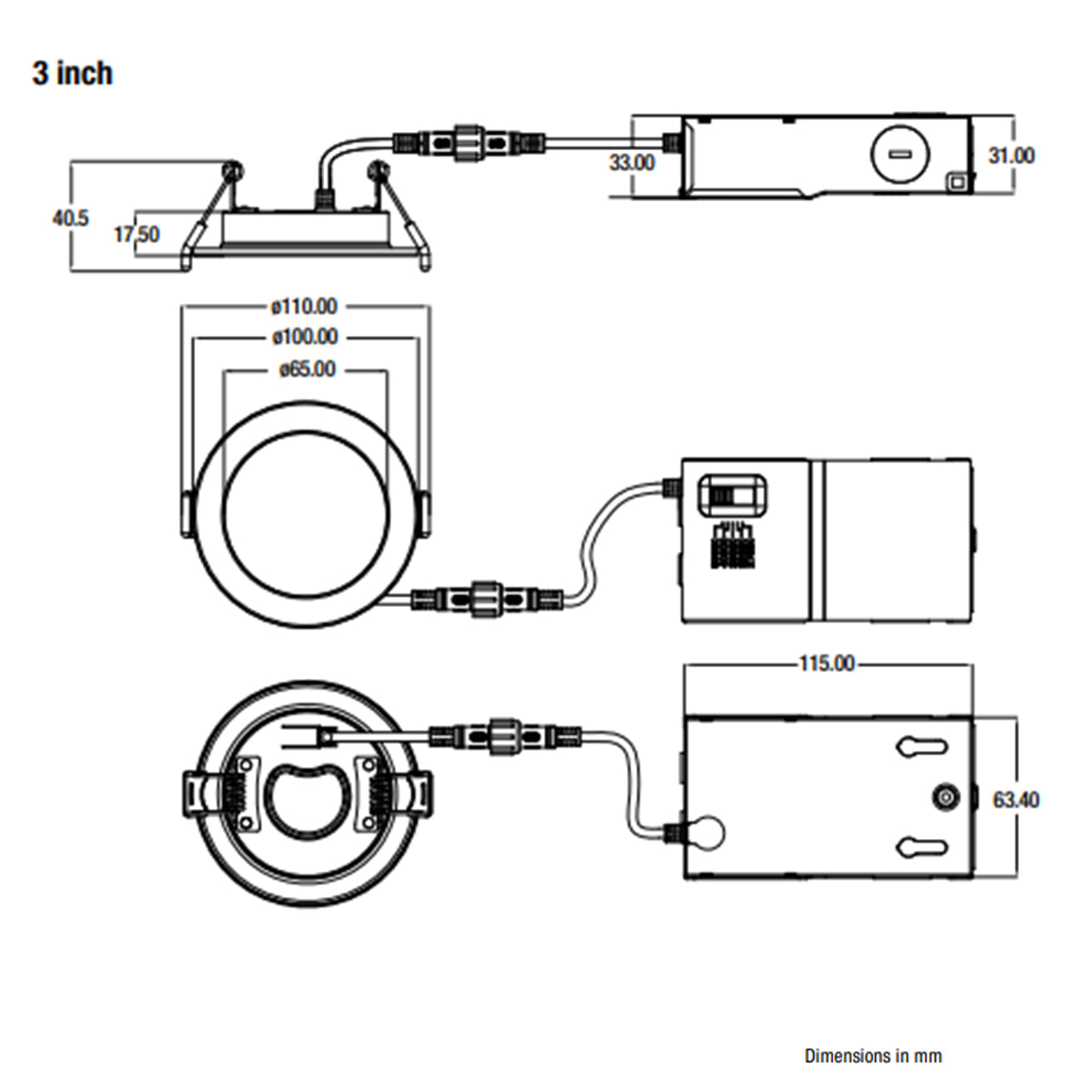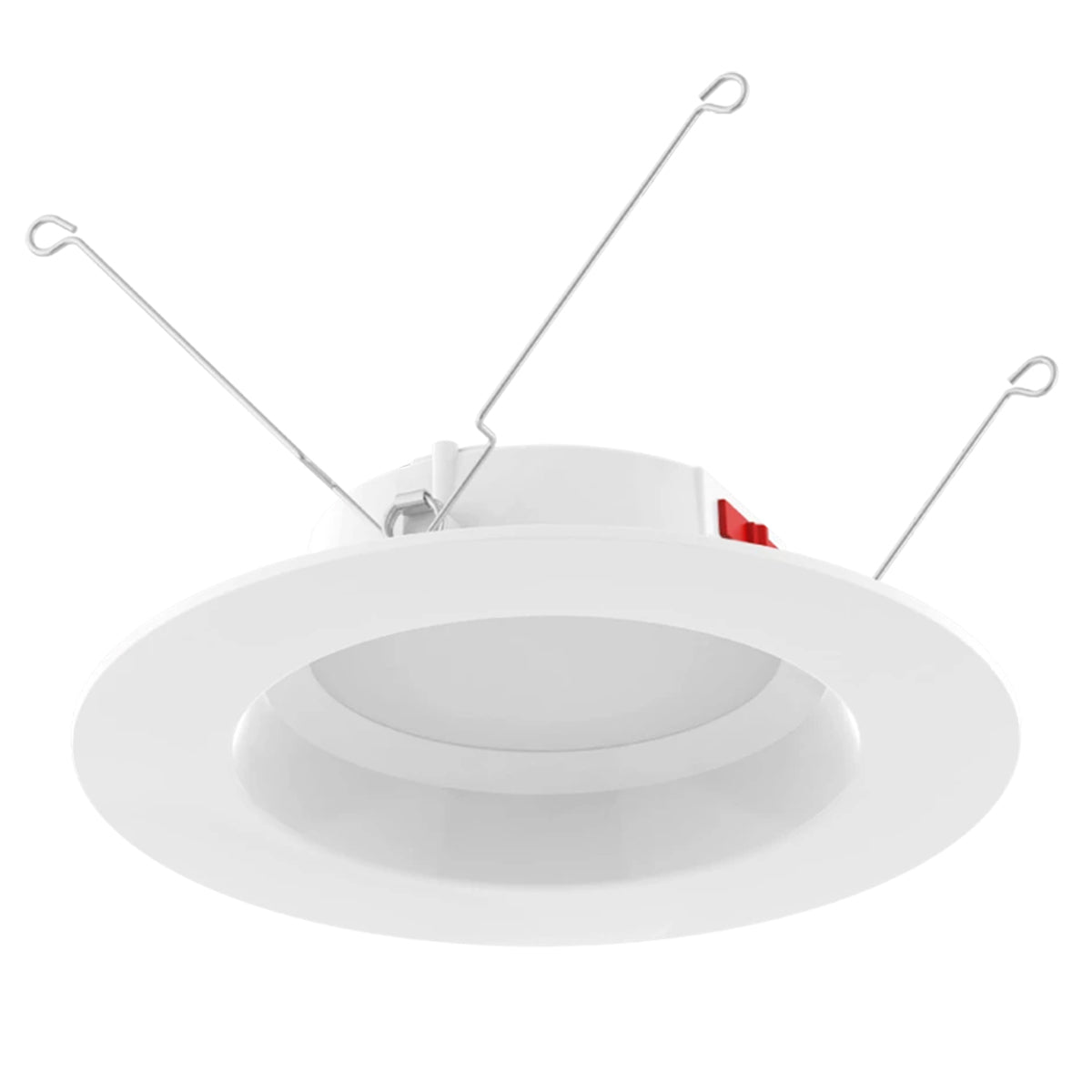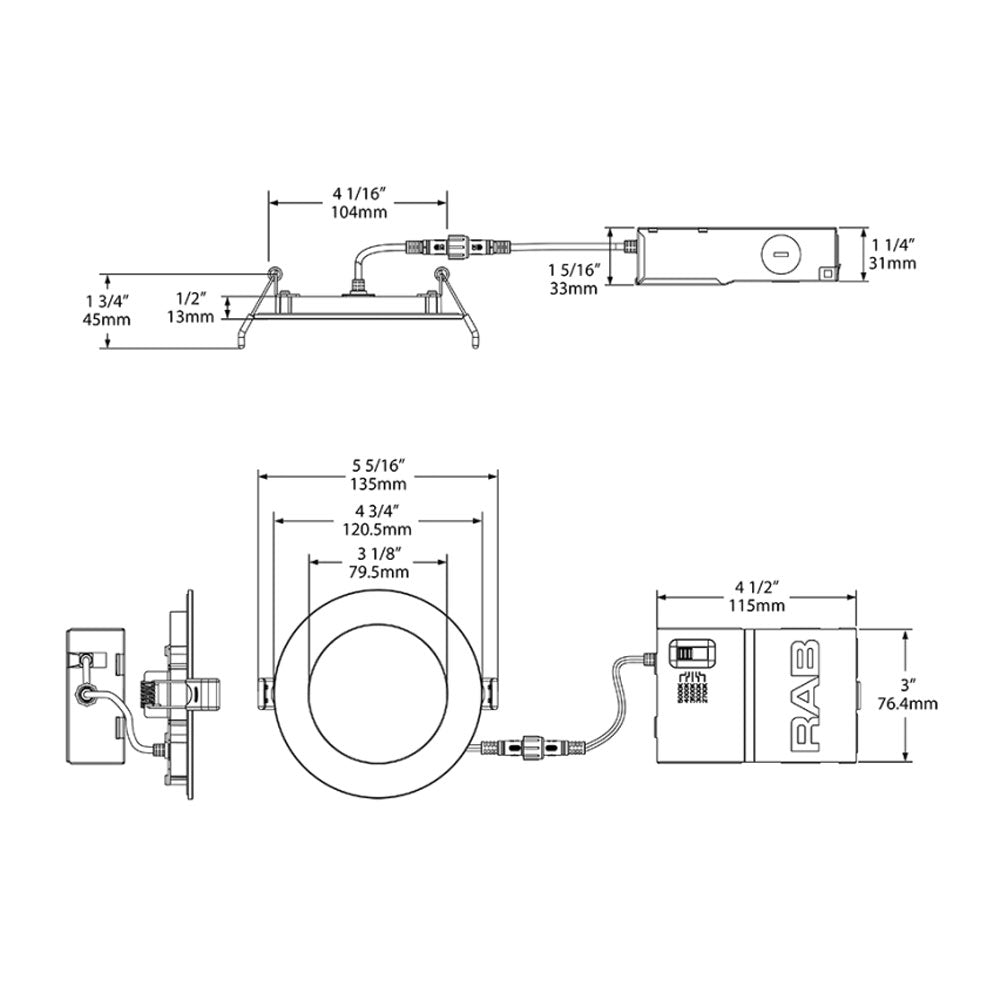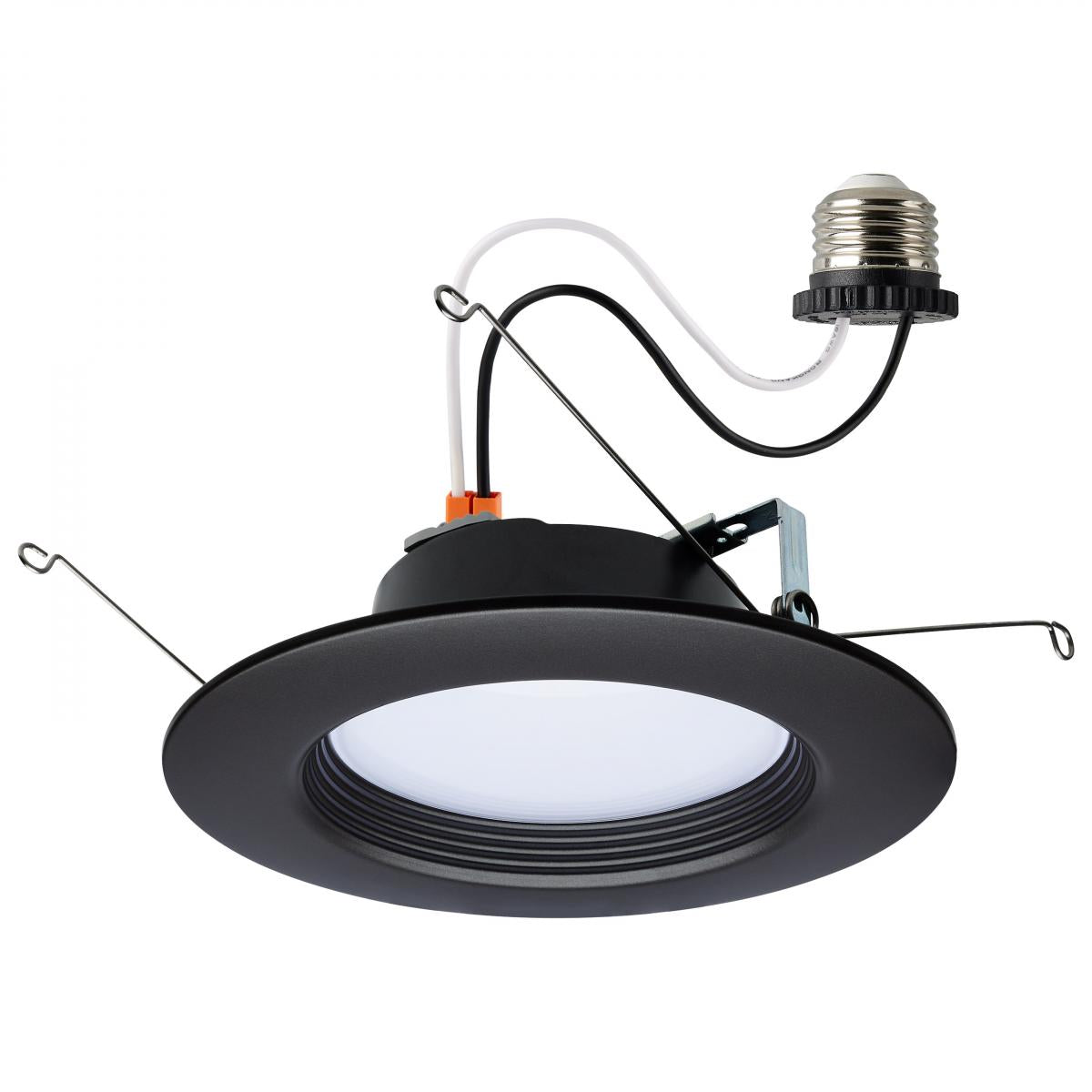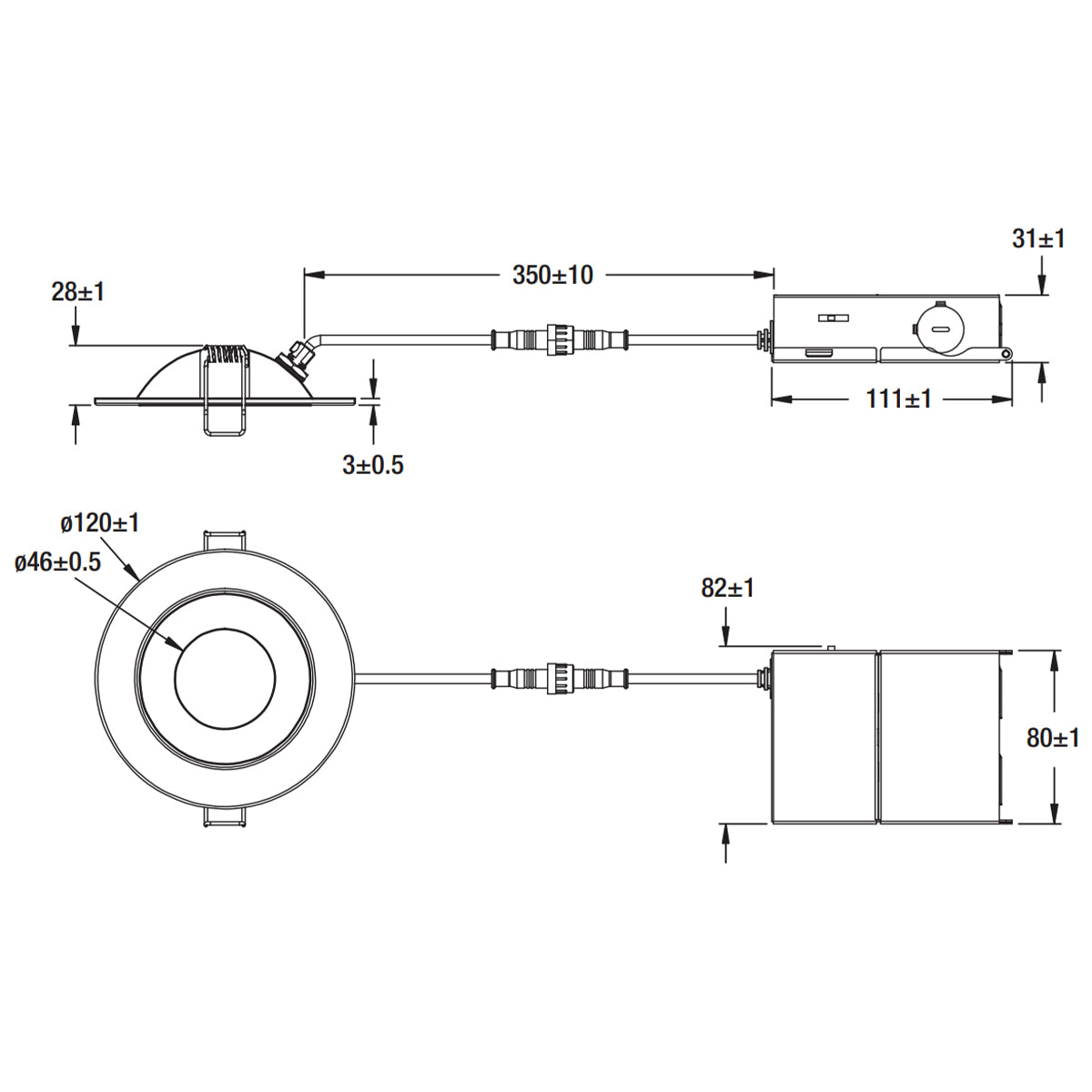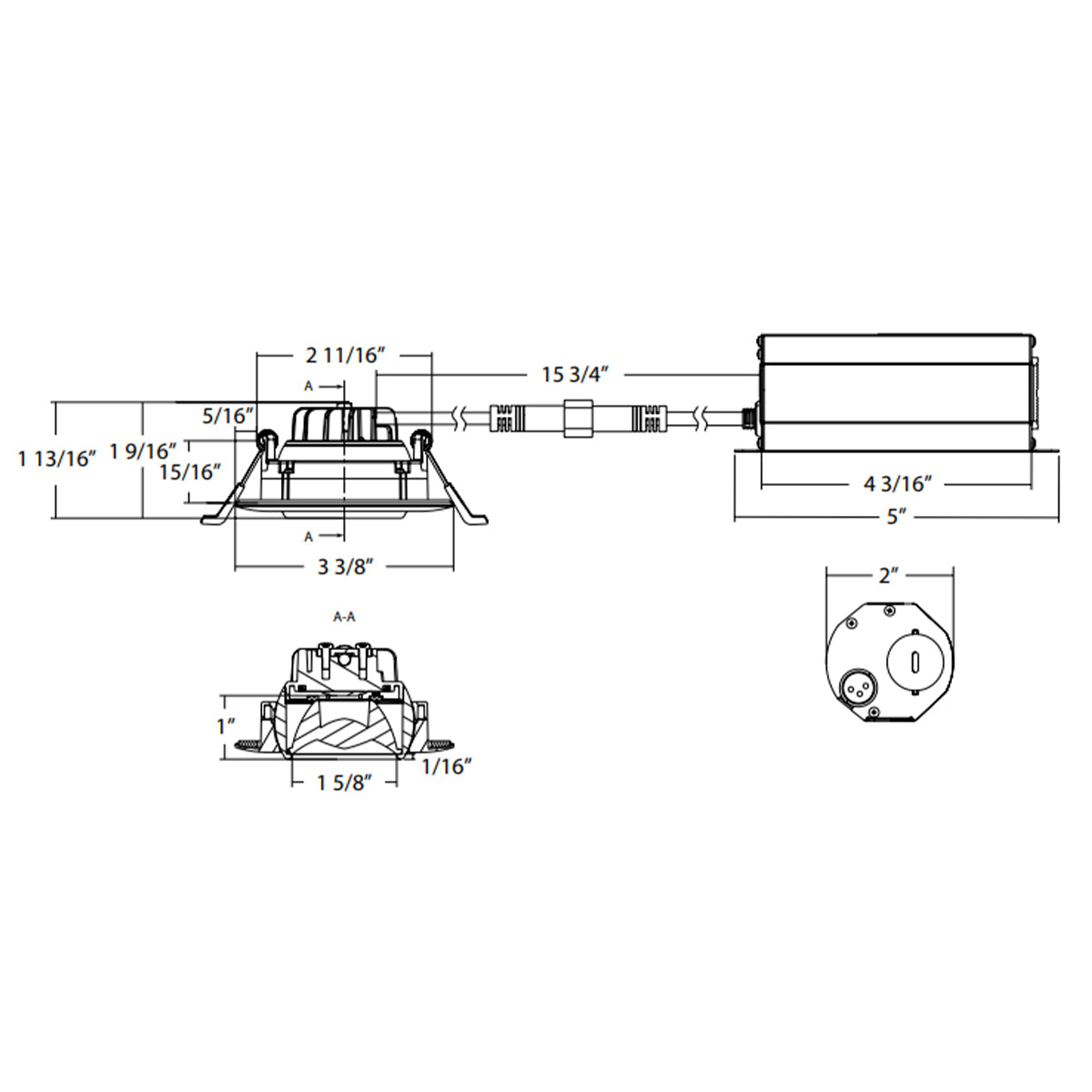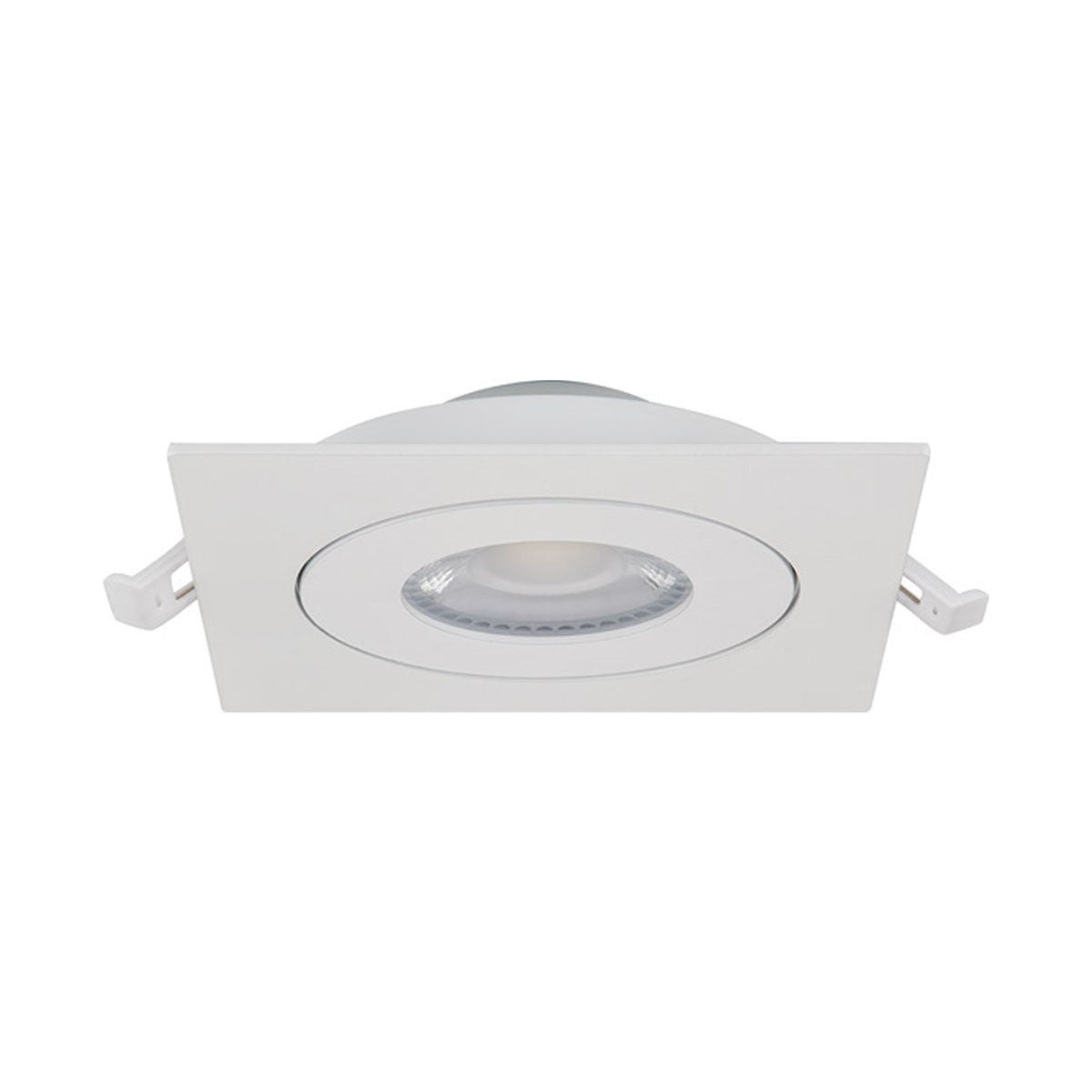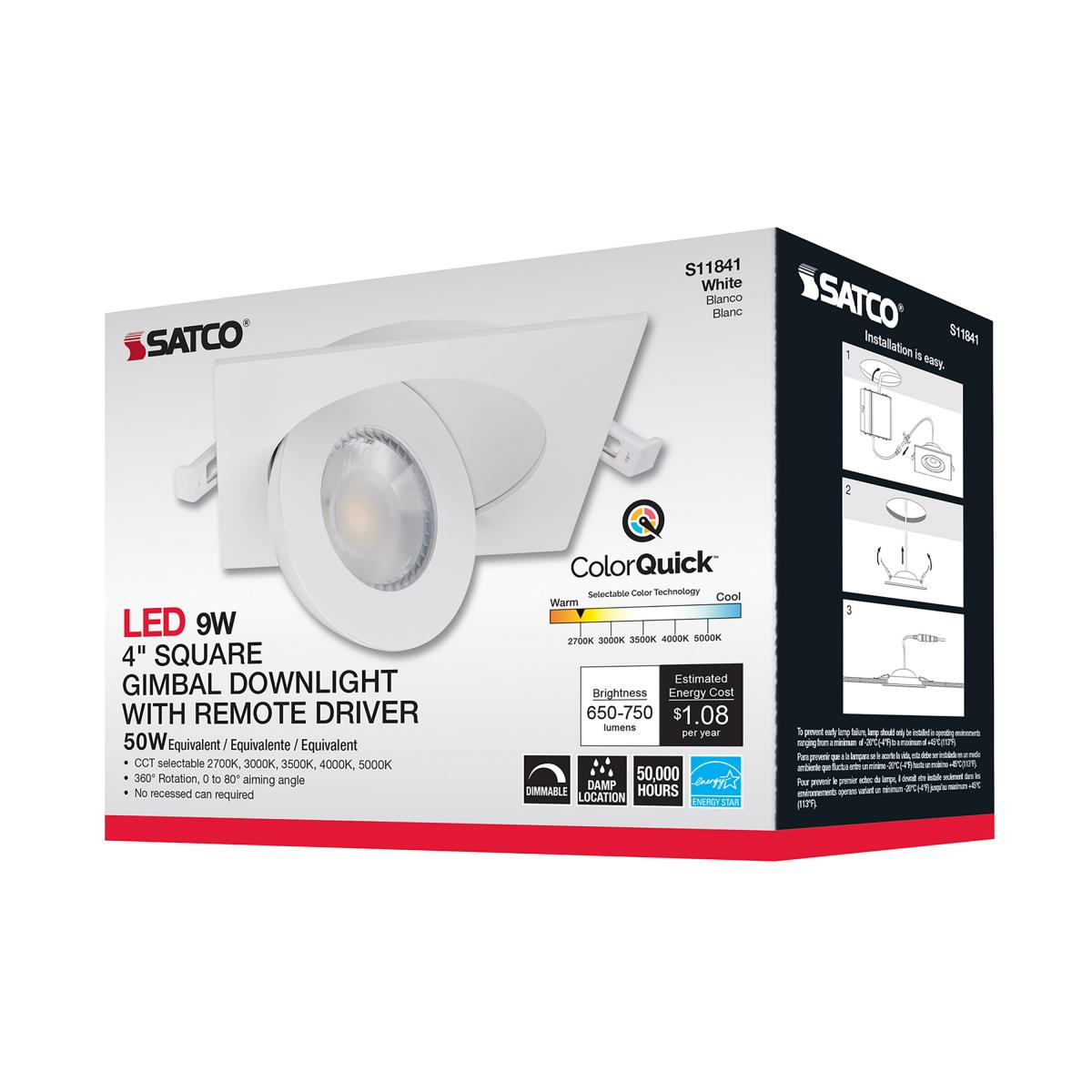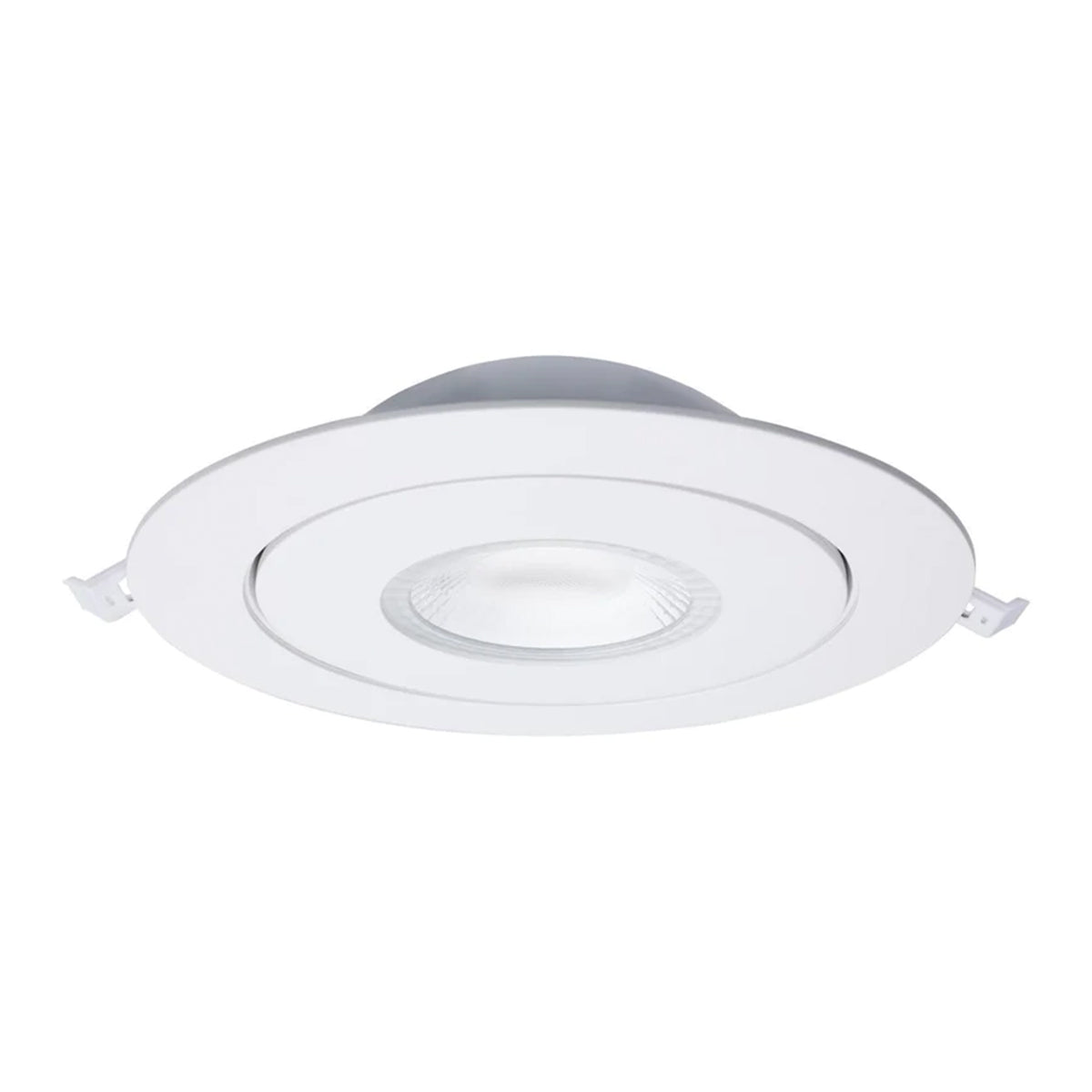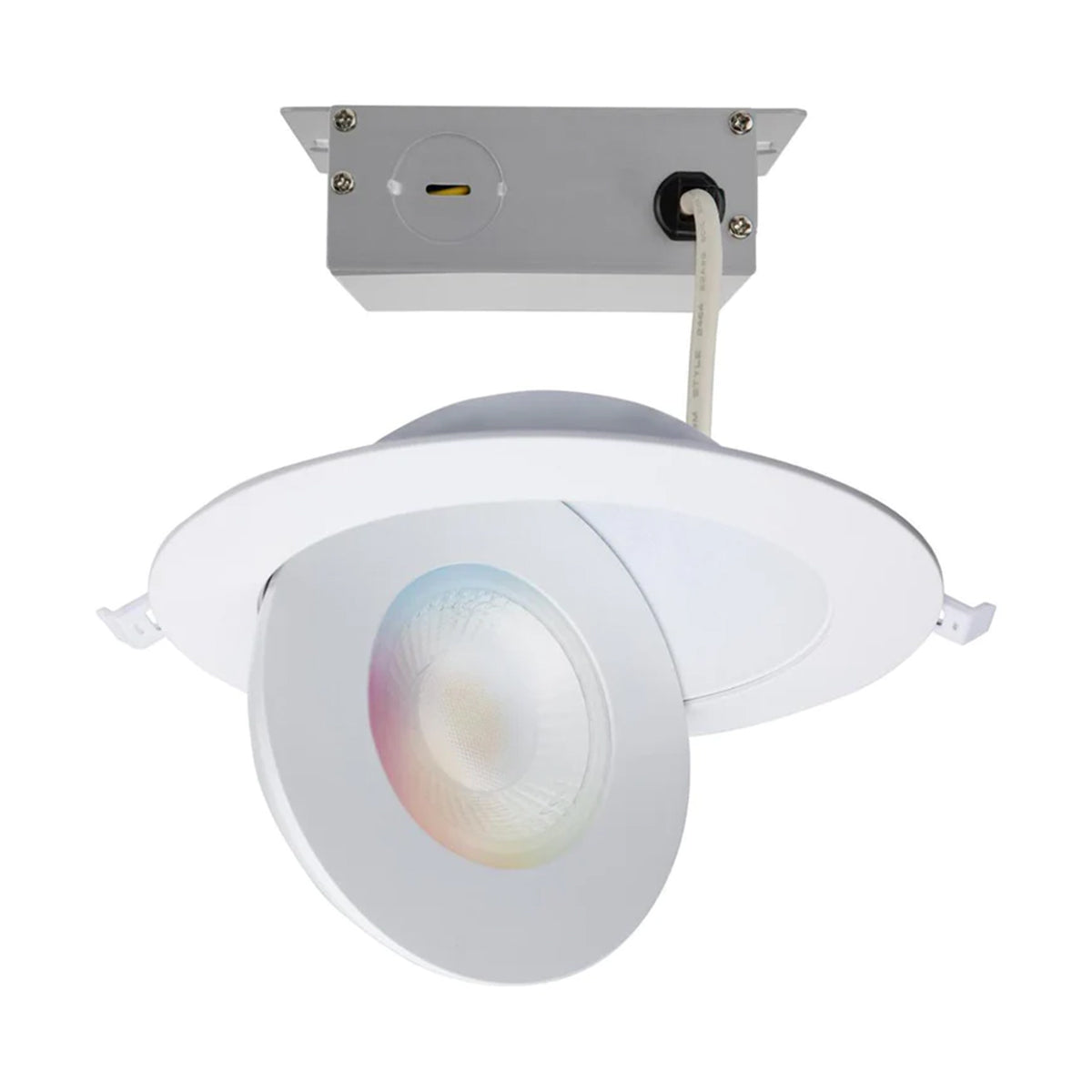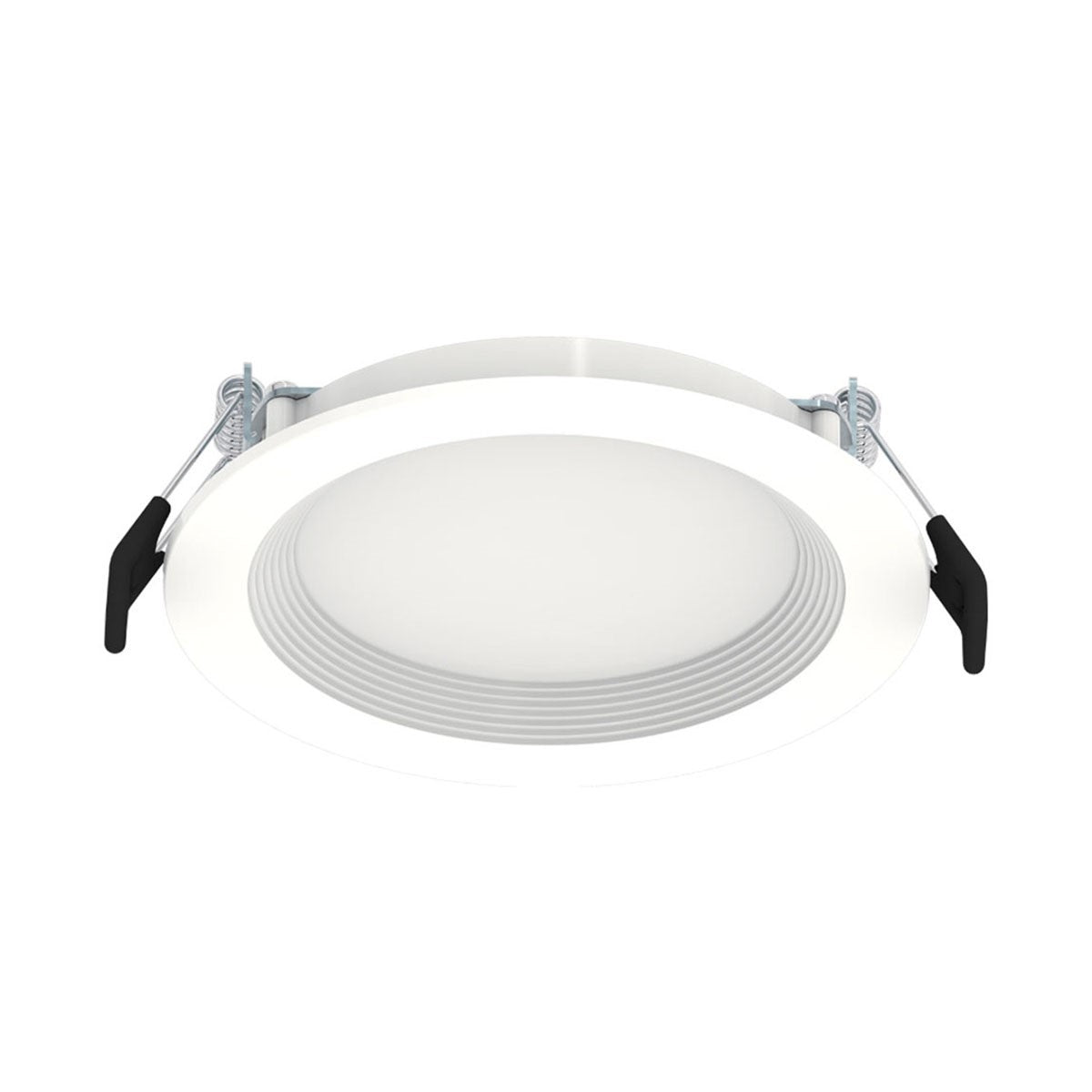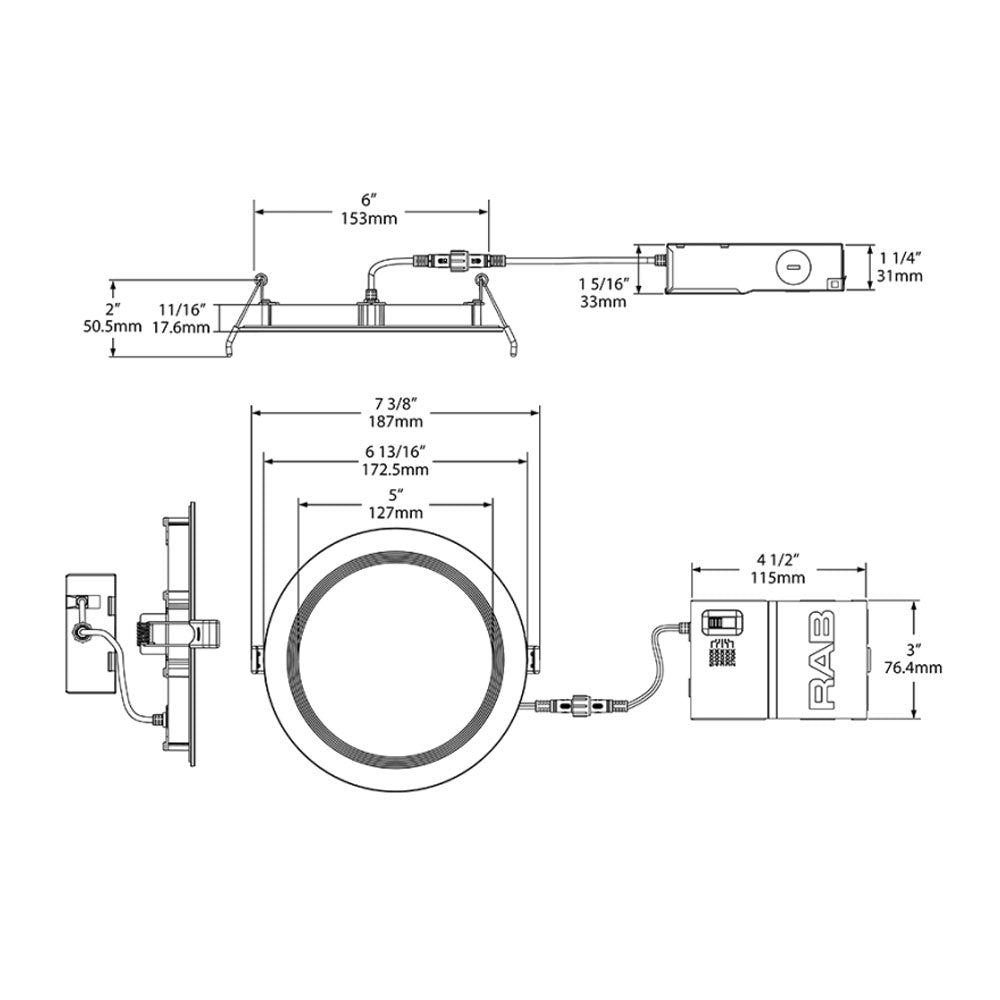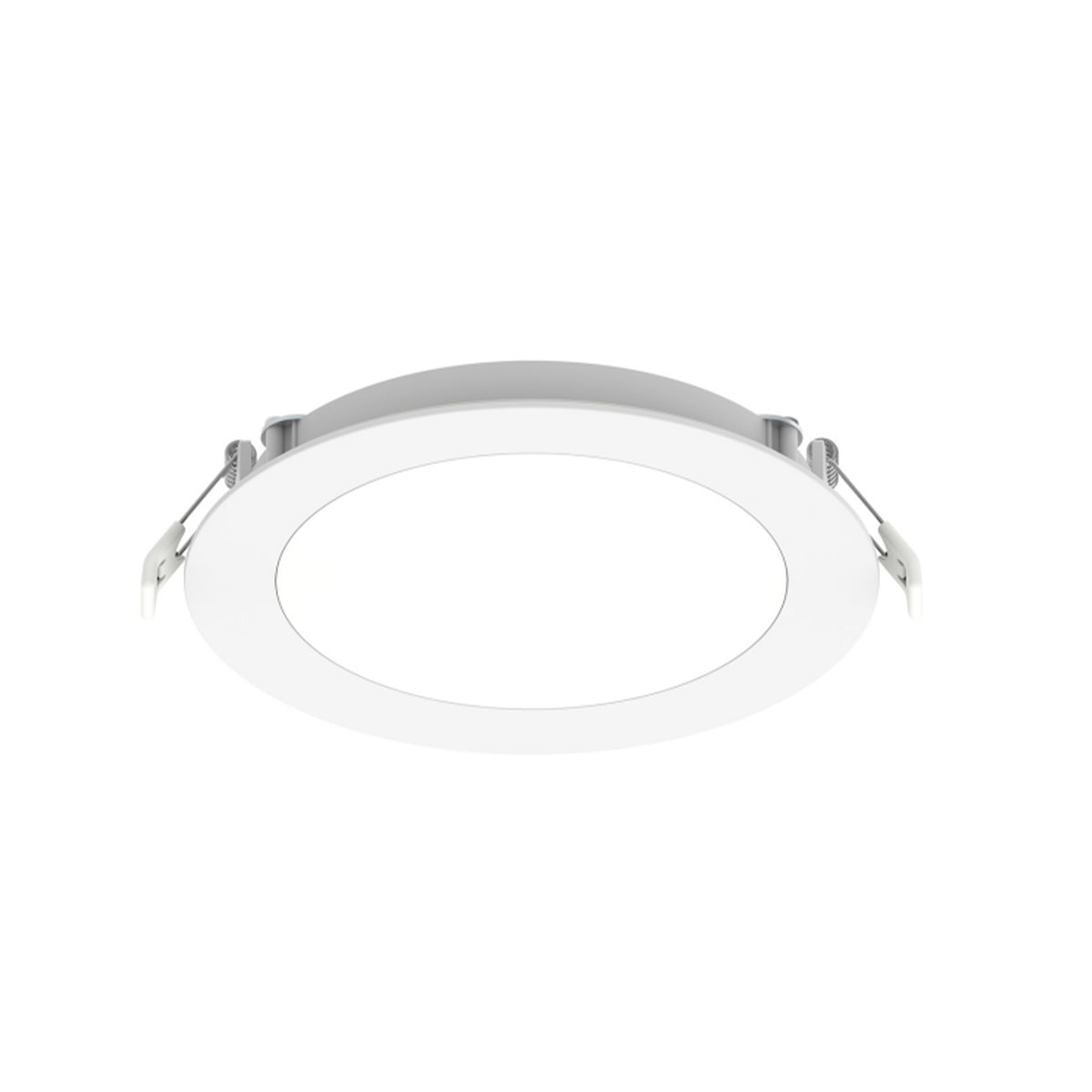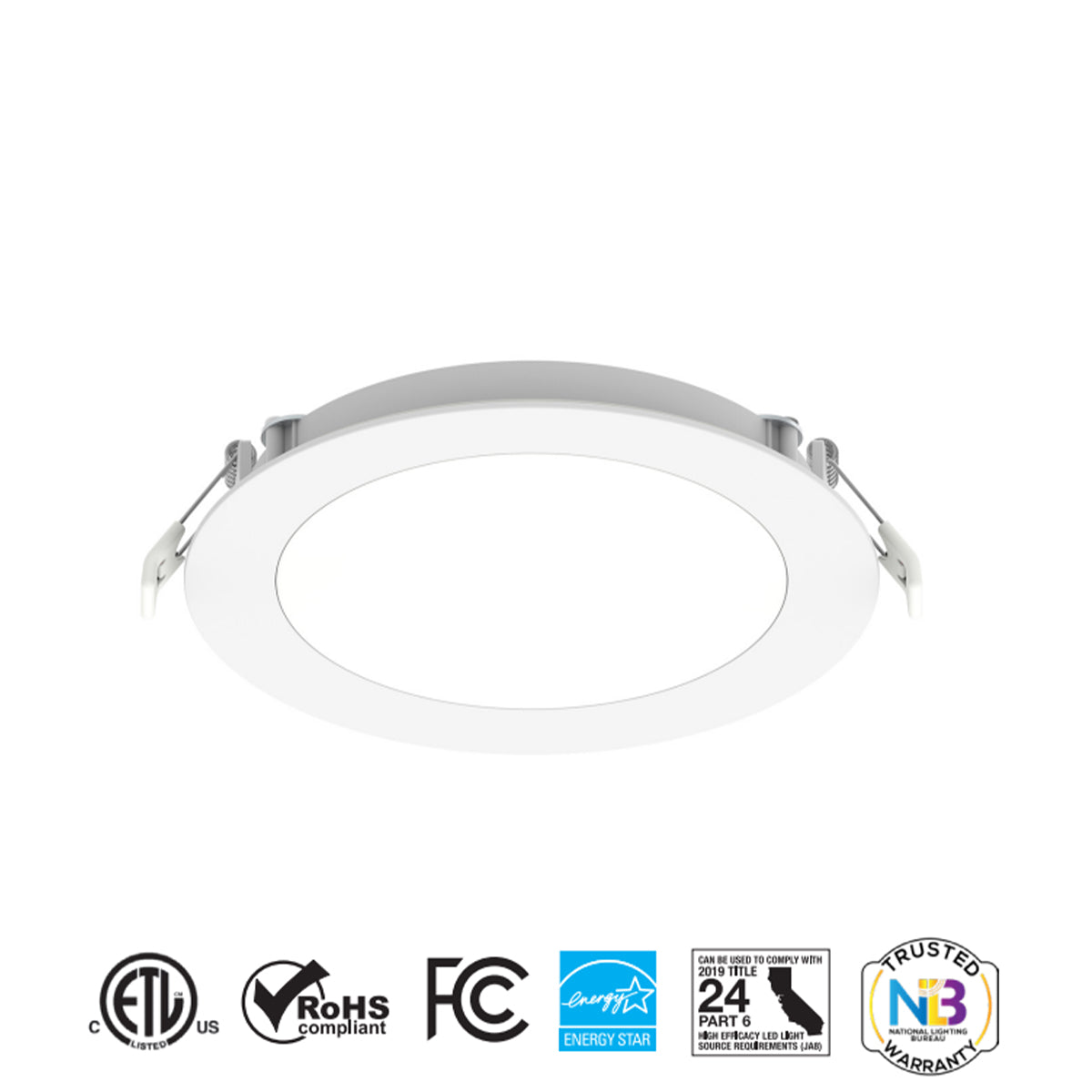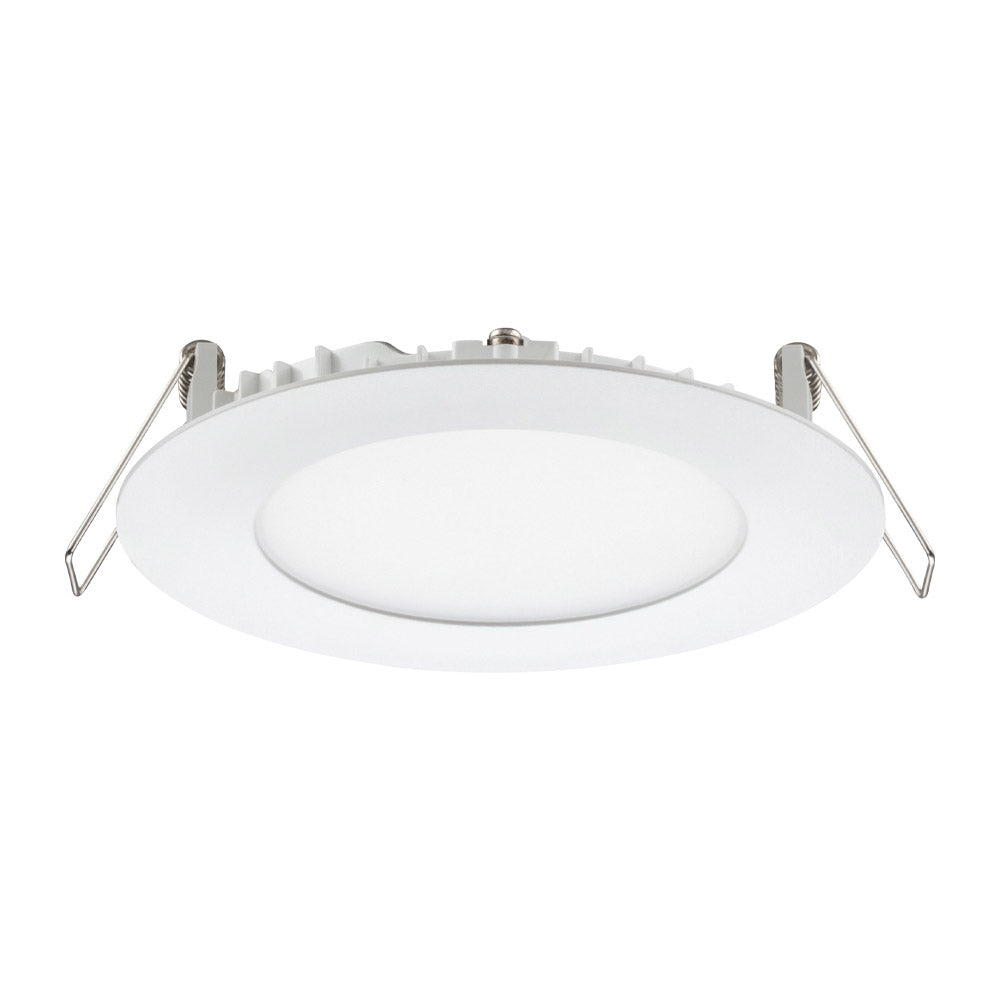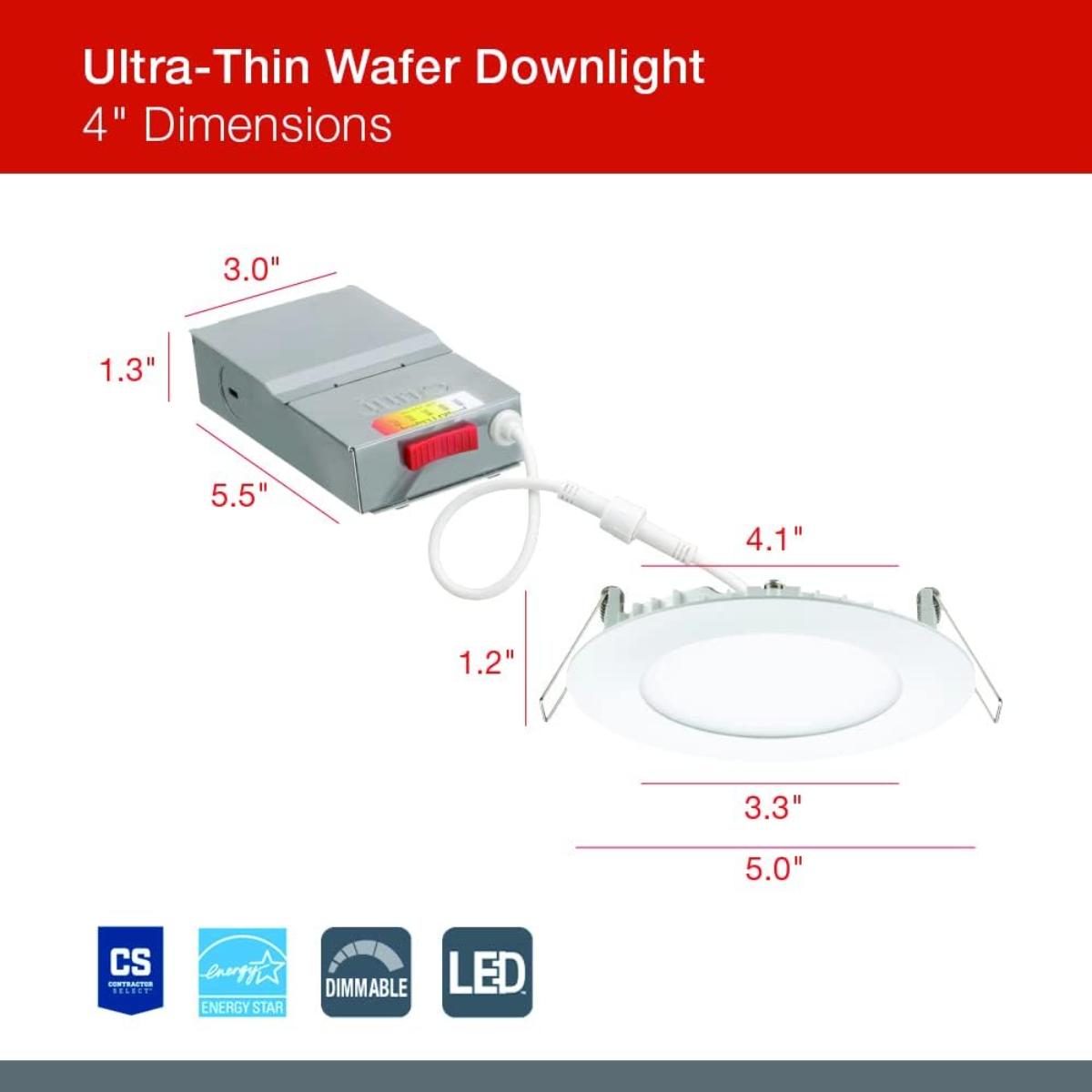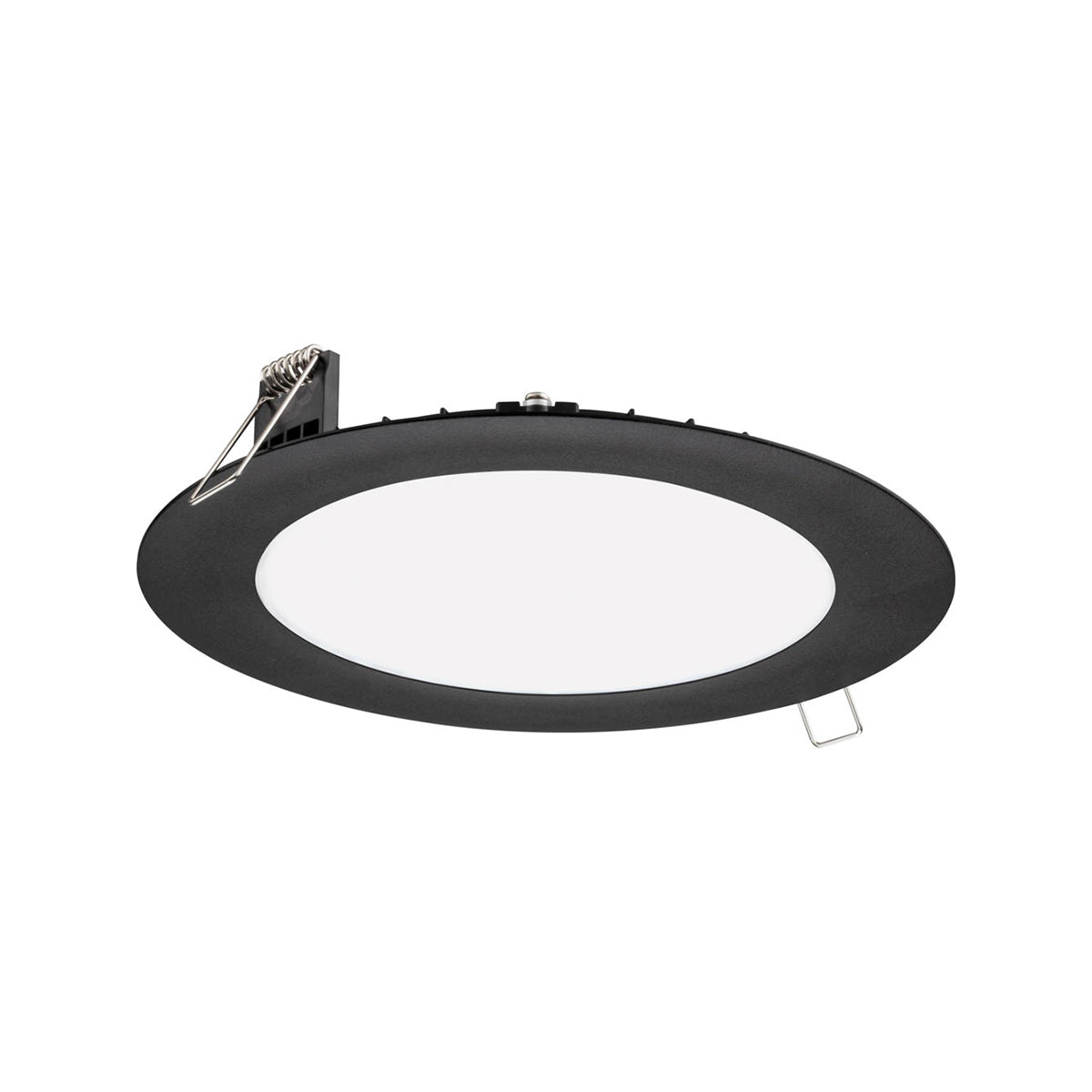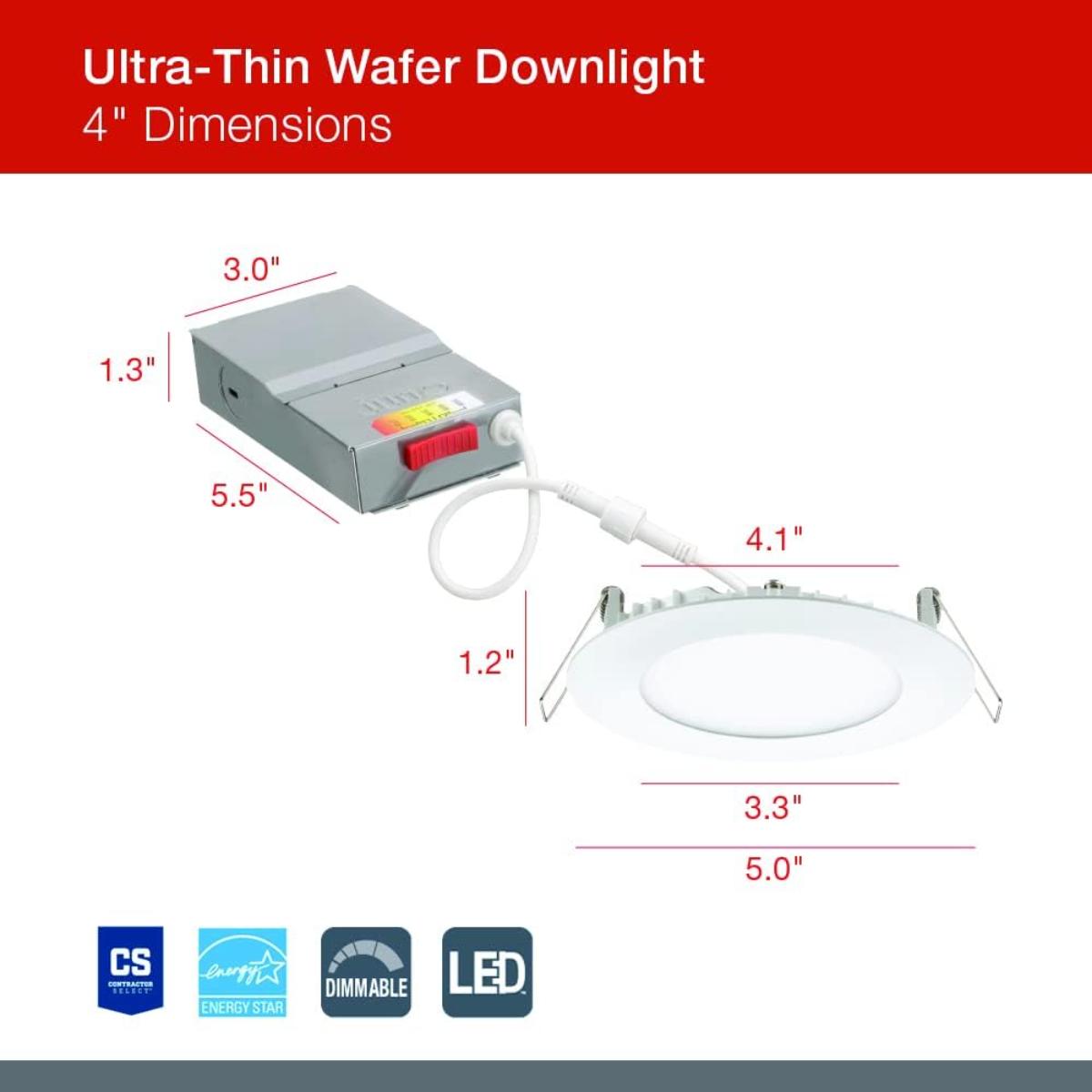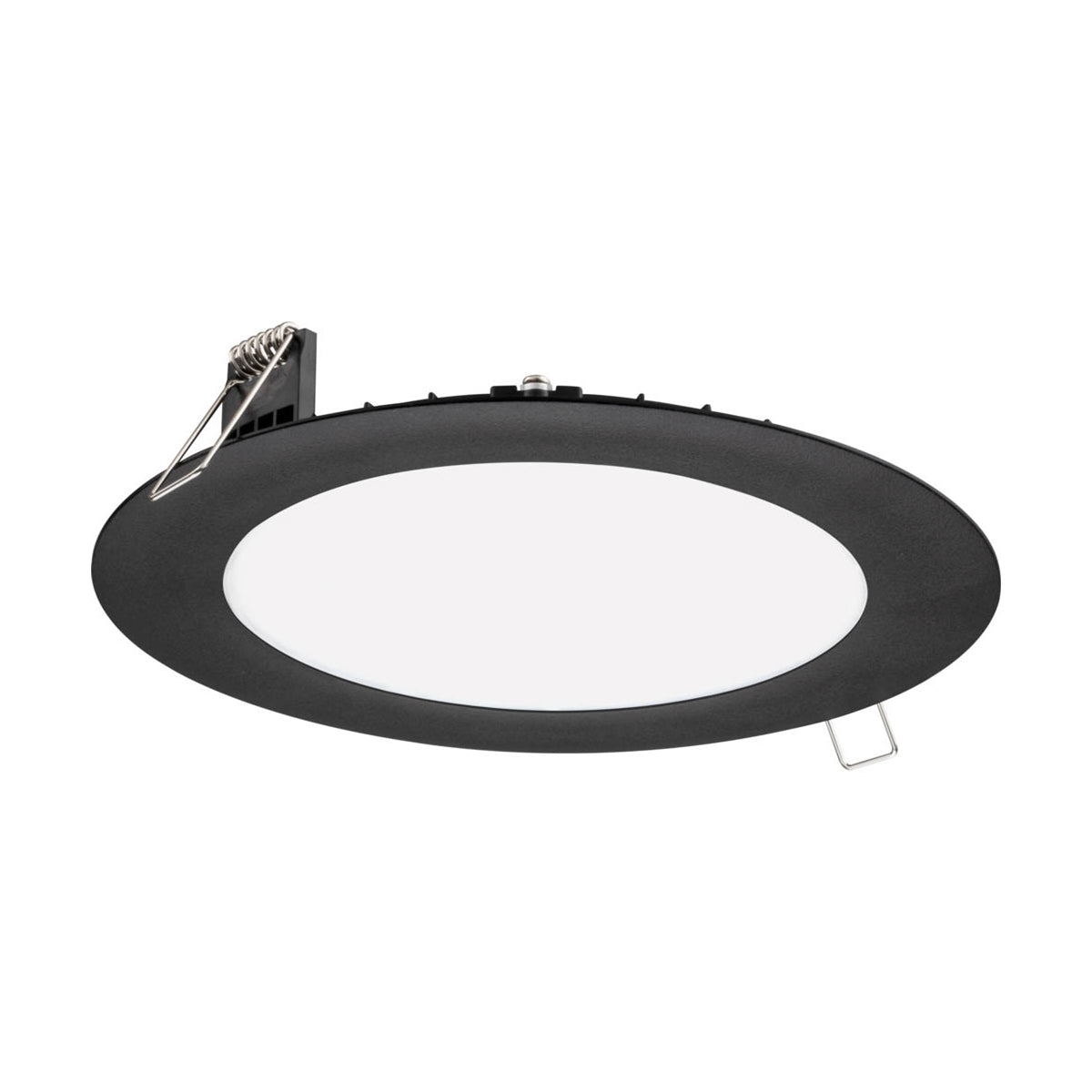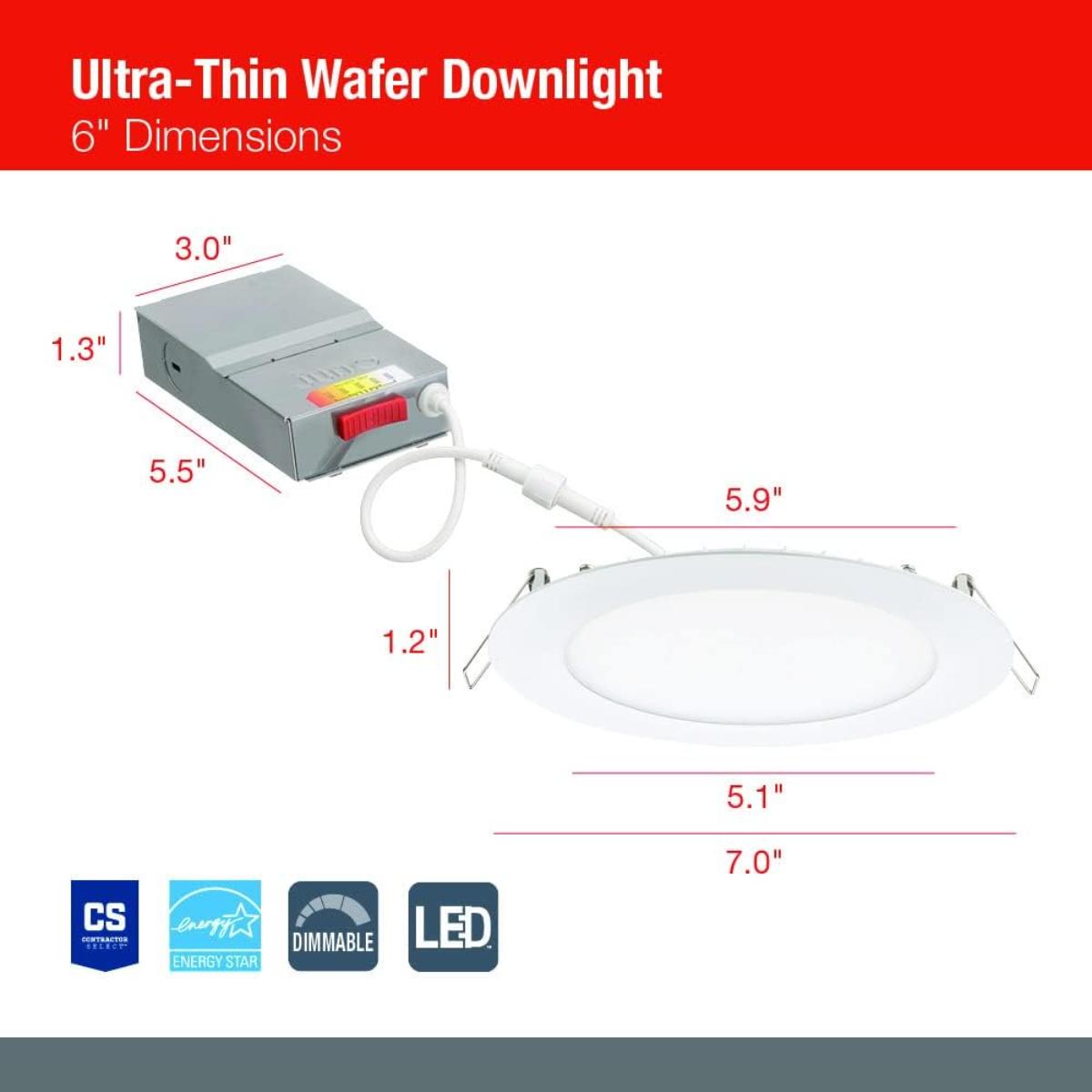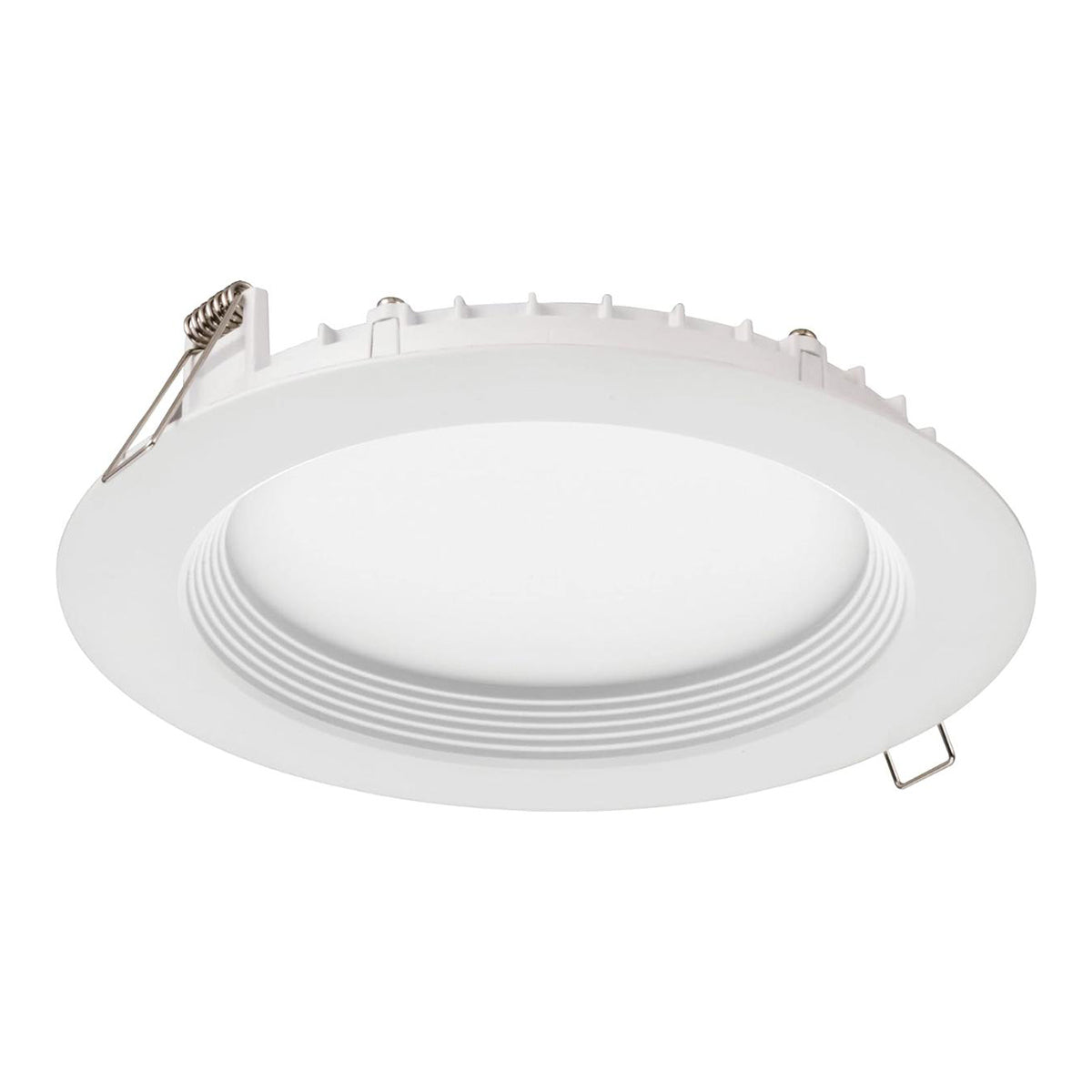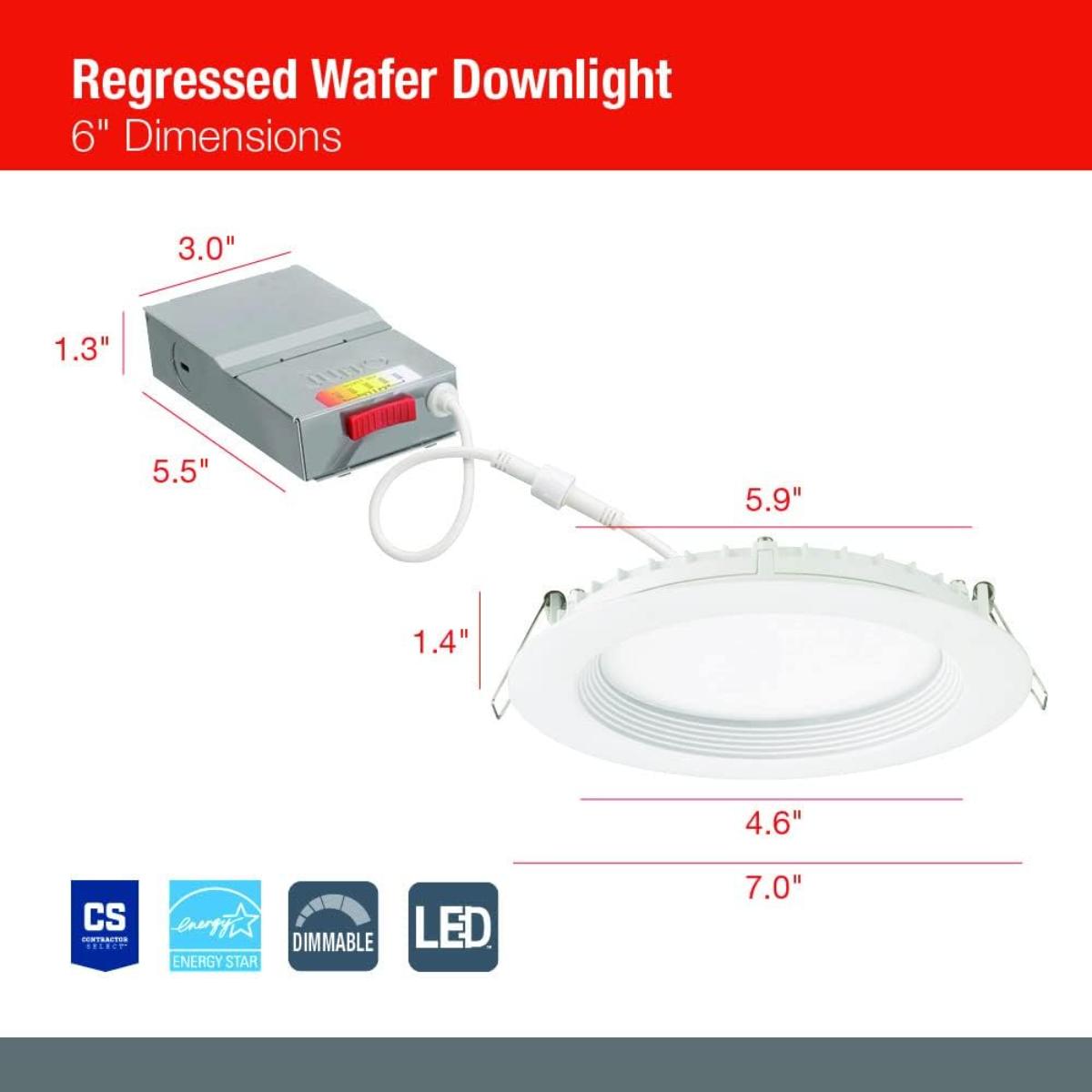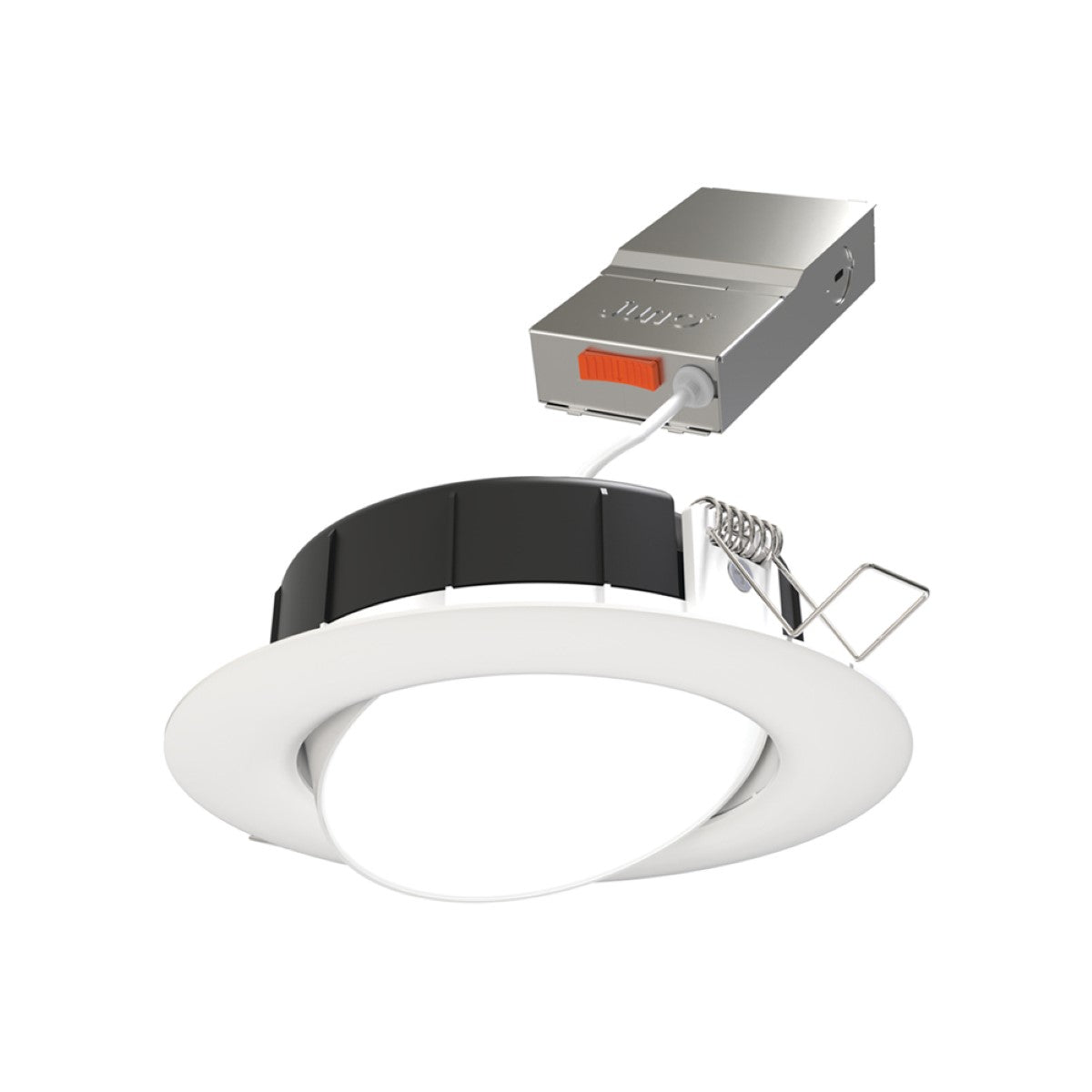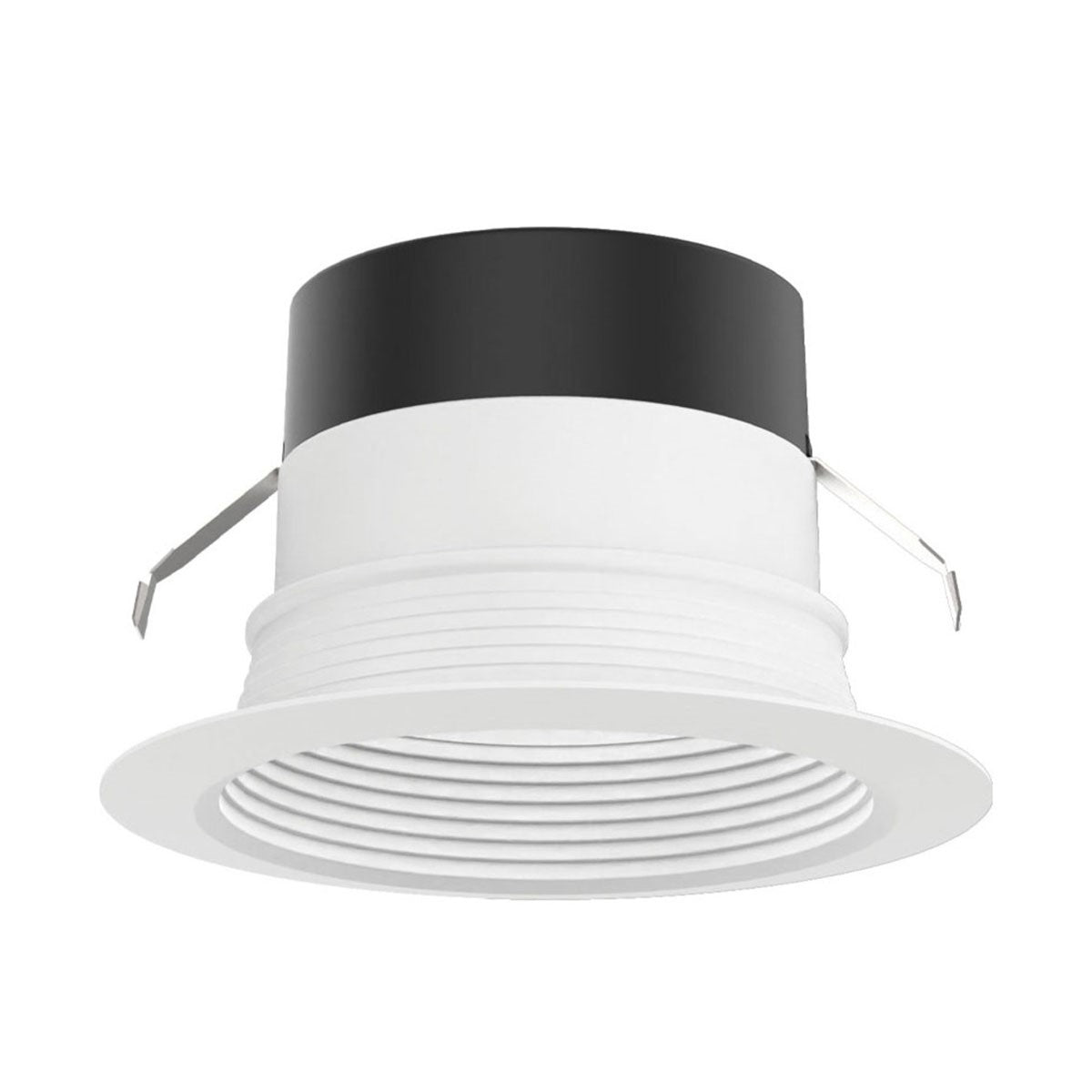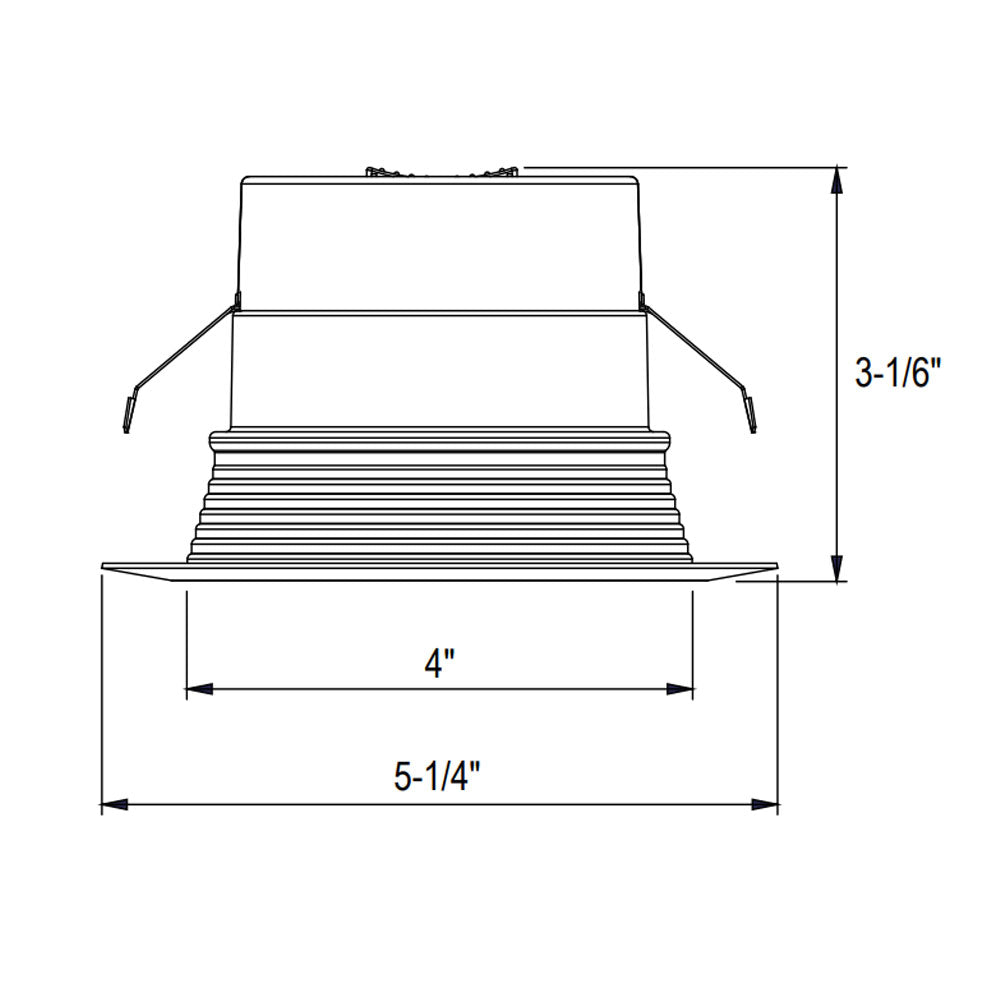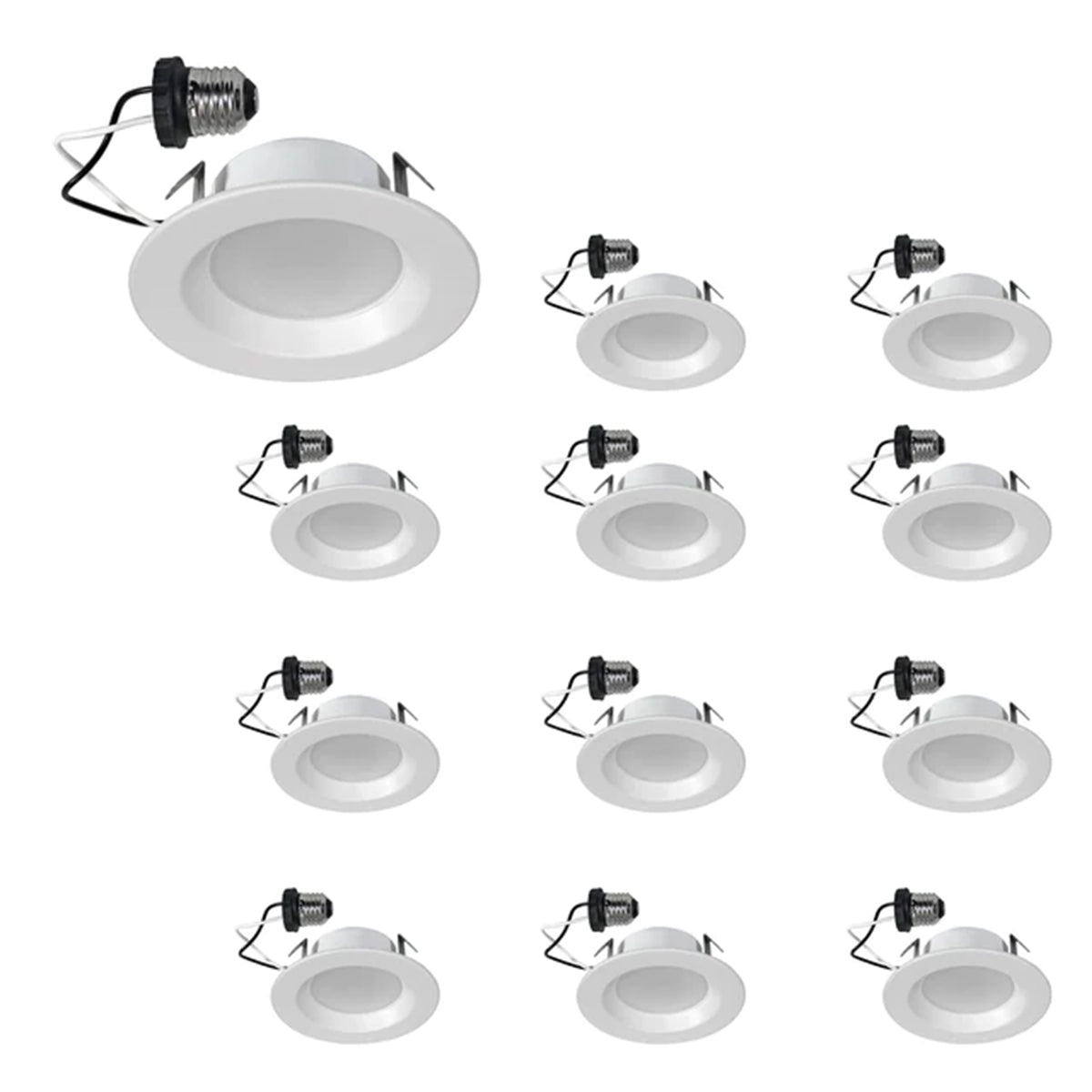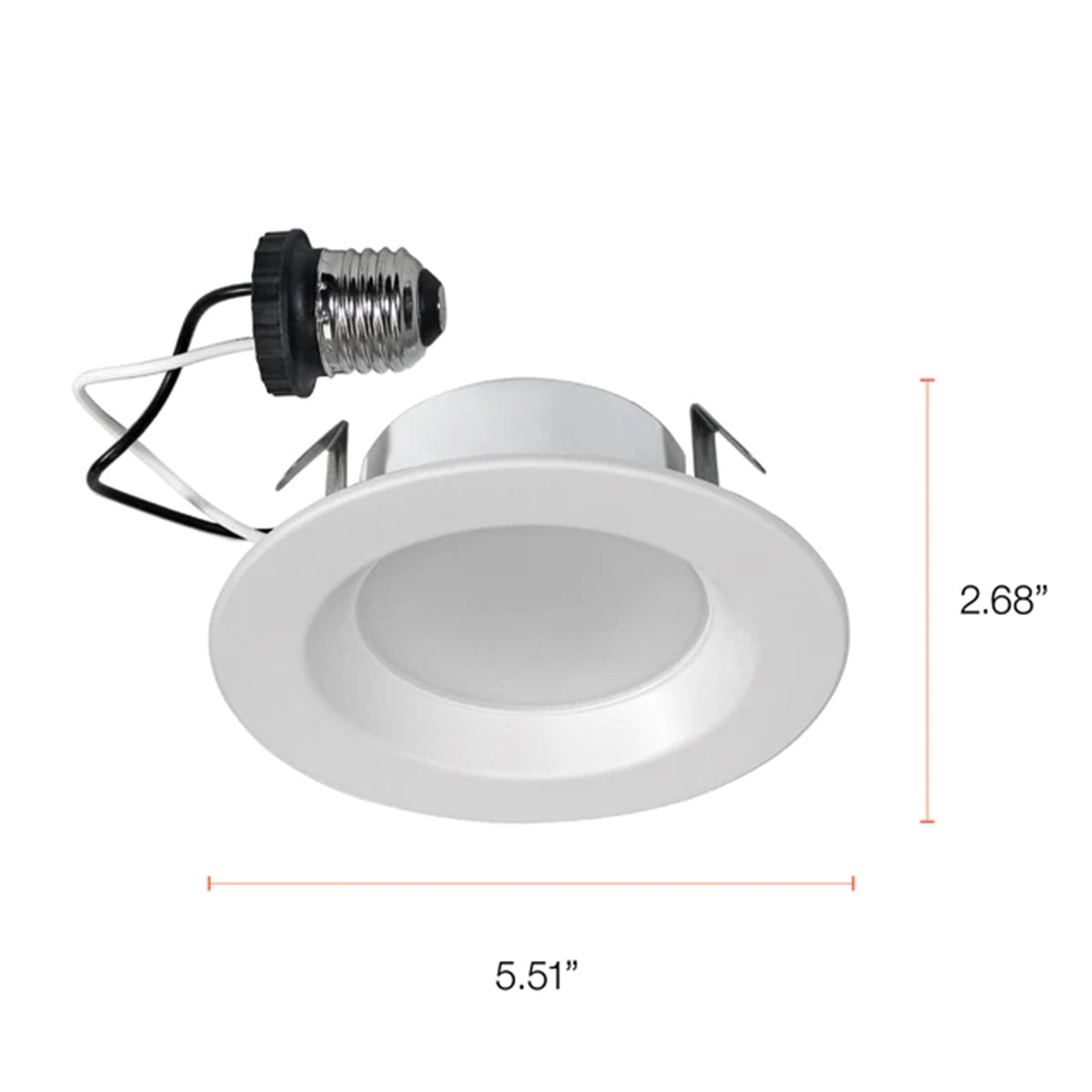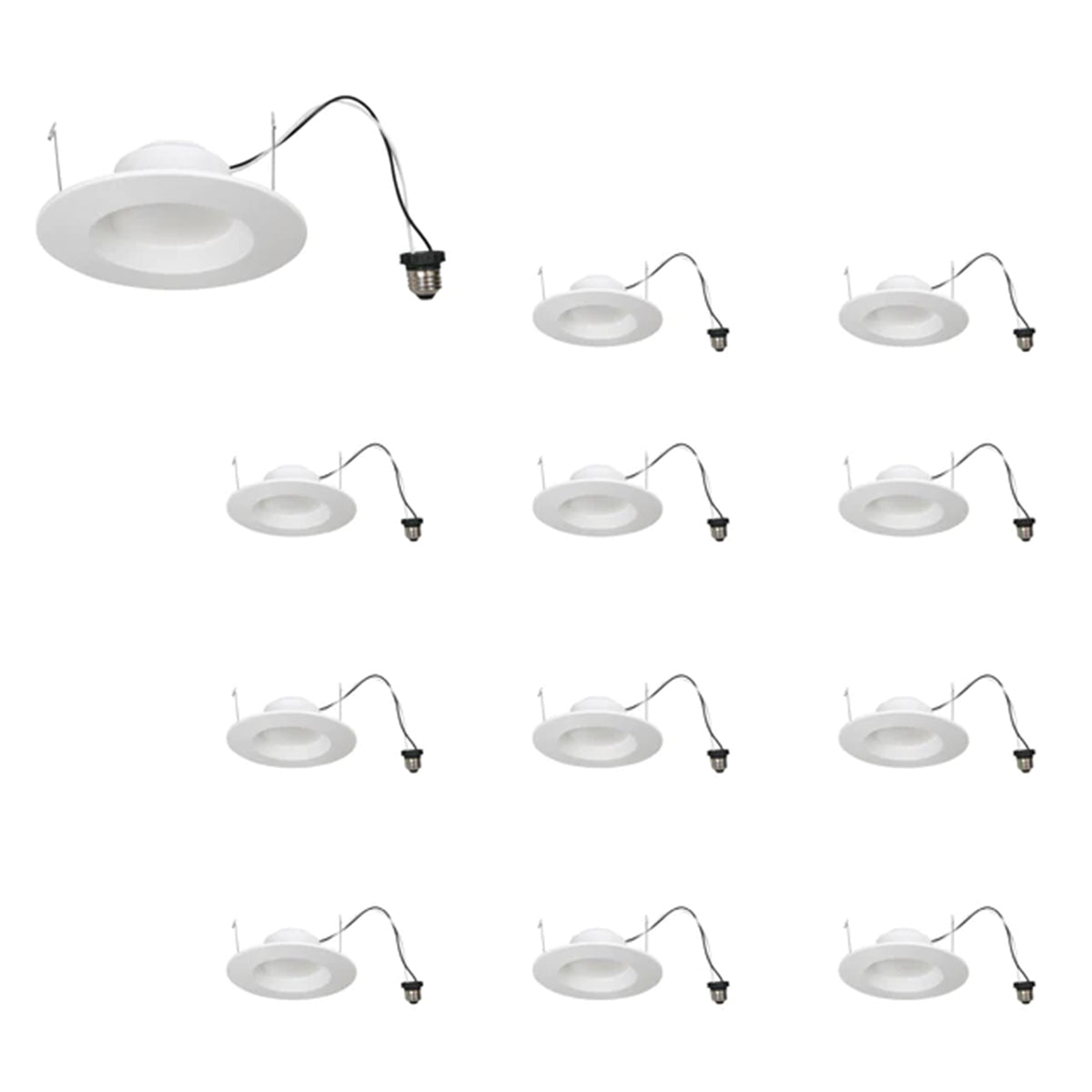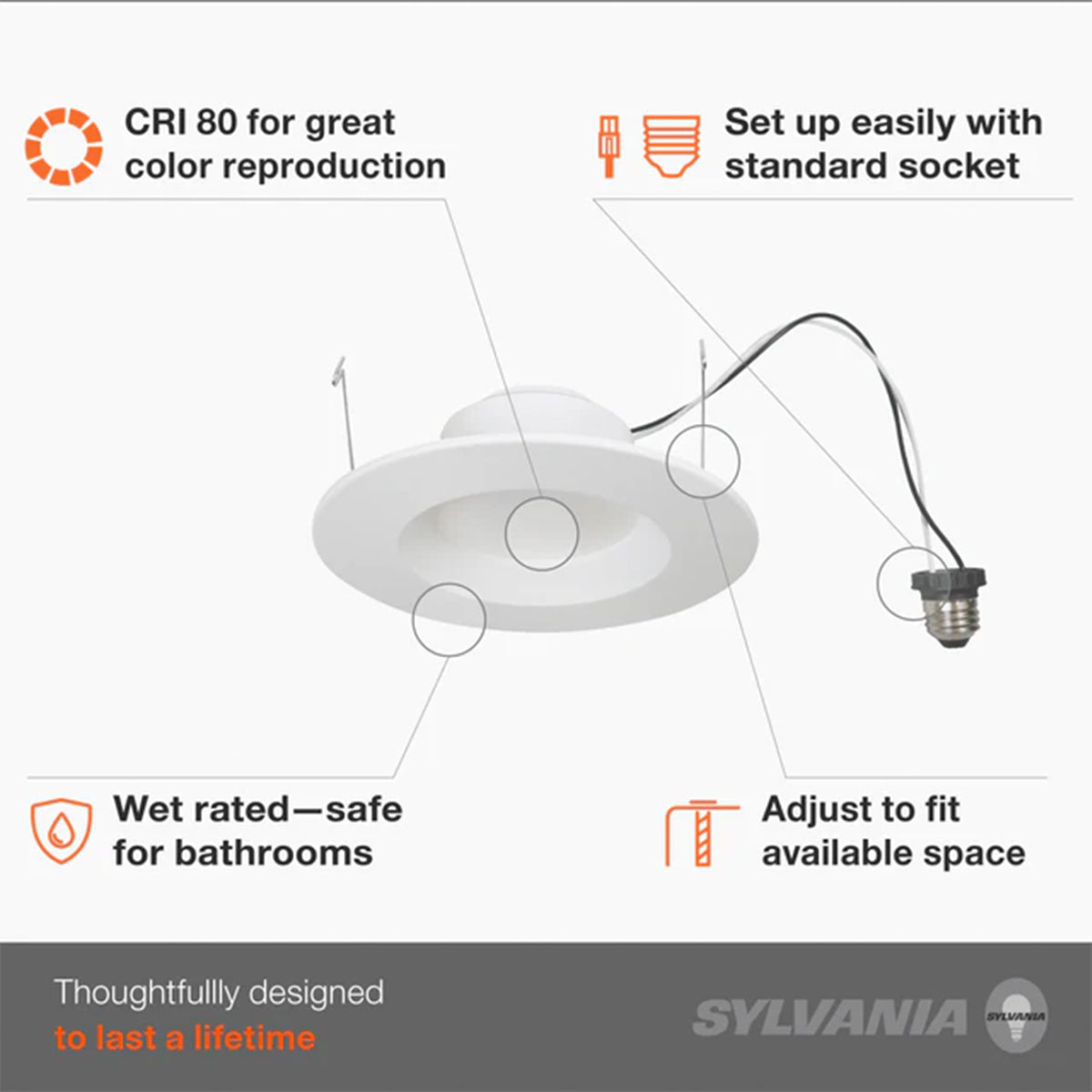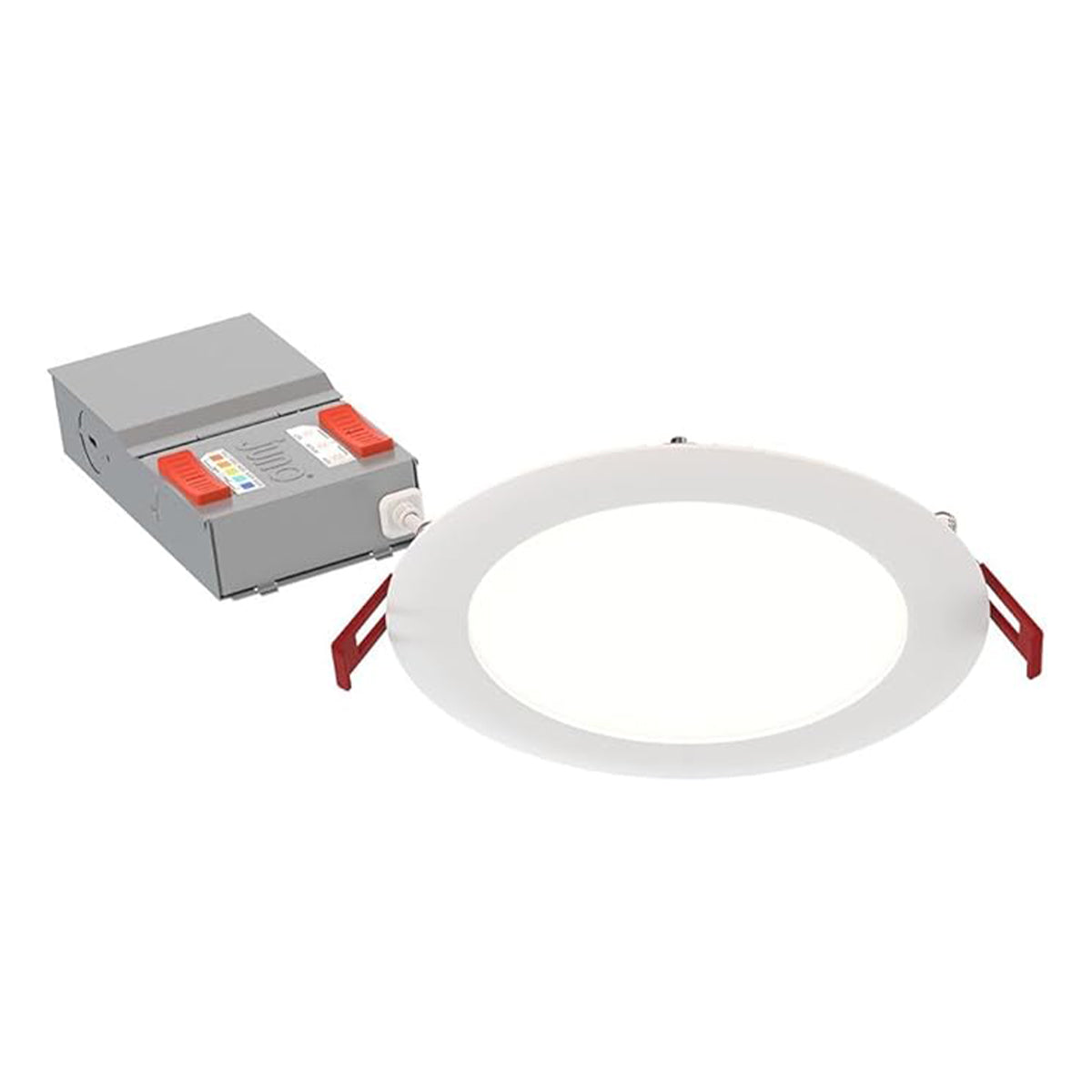Recessed Lighting
BEST SELLERS
Recessed lighting, also known as downlighting, can lighting, high hat lights, or pot lights, is a type of lighting fixture installed flush within a hollow opening in the ceiling. These fixtures have an impact on both esthetics and practicality, making them a versatile option for various rooms and applications. Recessed lights are stylish yet functional forms of lighting that people love for their low-profile design and energy efficiency.
Benefits of LED Recessed Lighting
LED recessed lighting offers a multitude of benefits for homeowners. Firstly, they are incredibly energy-efficient, consuming significantly less electricity than traditional incandescent bulbs, leading to substantial savings on your energy bills. This makes them an environmentally friendly choice as well. Secondly, LED recessed lights have a remarkably long lifespan, often lasting for many years, which translates to fewer replacements and lower maintenance costs.
Beyond their practical advantages, recessed lighting provides a clean and modern aesthetic to any space. They sit flush with the ceiling, creating a seamless look while offering even and adjustable illumination. Whether you need bright task lighting for a kitchen or a softer ambiance for a living room, recessed lights can be easily customized with dimming options and various color temperatures to suit your needs. Their versatility and efficiency make LED recessed lighting a smart and stylish upgrade for any home.
Recessed Can Lights vs. Canless Recessed Lighting
When considering recessed lighting, a key decision involves choosing between traditional recessed can lights and the newer canless recessed lighting options. Recessed can lights, the more traditional choice, require a separate housing (the "can") to be installed in the ceiling, into which the trim is then fitted. These cans can sometimes be bulky and require careful planning during installation, especially if space in the ceiling is limited. While they've been a reliable standard, they can also be more susceptible to air leakage, impacting energy efficiency.
Canless recessed lighting, on the other hand, integrates the LED light engine directly into the trim, eliminating the need for a separate can. This design makes them significantly slimmer and easier to install, particularly in tight spaces or where obstructions exist within the ceiling cavity. Canless recessed lighting fixtures are often preferred for their streamlined appearance and improved energy efficiency due to their tighter construction, reducing air leaks. Furthermore, the integrated LED design of canless fixtures often translates to a longer lifespan and reduced maintenance, as the need for bulb replacements is minimized.
Ultimately, the best choice between recessed can lights and canless recessed lighting depends on the specific needs of your project. If you're working with a very tight space or prioritizing ease of installation and energy efficiency, canless recessed lighting is often the superior option. However, traditional recessed can lights may still be preferred in situations where specific trim styles or compatibility with existing wiring is a primary concern. Carefully weighing the pros and cons of each option will ensure you achieve the desired lighting outcome for your home.
Recessed Lighting Features
Recessed lighting, encompassing both traditional can lights and modern canless recessed lights, offers a wide array of features and characteristics to suit diverse needs and aesthetics. Recessed lights are available in various shapes, primarily round and square, allowing for design flexibility. Beyond shape, functionality is key. Some recessed lighting fixtures are wet rated, specifically designed for use in damp environments like bathrooms and showers, preventing electrical hazards. Fire-rated recessed lights are crucial for ensuring safety in fire-prone areas, as they help to slow the spread of flames. For added convenience and control, smart recessed lighting options enable users to adjust lighting levels, color temperature, and even create custom lighting scenes through apps or voice commands.
The trim, the visible part of the recessed light fixture, plays a significant role in both aesthetics and functionality. A gimbal trim, also known as an adjustable trim, allows you to direct the light beam, making it ideal for sloped ceilings or highlighting specific areas or artwork. This adjustability adds a layer of versatility to recessed lighting installations. For situations where ceiling space is limited, wafer recessed lights, also called ultra-thin or slim profile recessed lights, are the perfect solution. These canless recessed lights are incredibly thin, making them suitable for shallow ceilings where traditional can lights wouldn't fit.
Beyond the basic functions of illumination, modern recessed lighting offers a range of advanced features that enhance both functionality and customization. Adjustable wattage allows users to control the light output and energy consumption of their fixtures, often with multiple settings to choose from. This feature is particularly useful for tailoring the lighting to different tasks or moods, and for maximizing energy efficiency. Selectable color temperatures provide even greater control over the ambiance of a space. Homeowners can typically choose between warm, soft light for relaxing environments, cool, crisp light for task-oriented areas, or daylight-balanced light for a natural feel. These adjustable features, often controlled via a switch on the fixture or through smart home integration, empower homeowners to personalize their lighting experience to perfectly suit their needs.
Commercial Recessed Lighting
Commercial recessed lighting serves a variety of purposes in business settings, from general illumination in offices and retail spaces to accent lighting for displays and architectural features. Durability and energy efficiency are paramount in commercial applications, as these lights often operate for extended periods. LED technology is now the standard, offering long lifespans and reduced energy costs compared to traditional lighting. Commercial recessed lights are available in a range of sizes, wattages, and color temperatures to meet the specific requirements of different environments. Features like adjustable wattage and dimming capabilities are often incorporated to allow for customized lighting schemes and energy optimization. Furthermore, commercial-grade recessed lighting must adhere to strict building codes and safety regulations, including fire ratings and appropriate certifications for various installation locations.
Recessed lighting offers a versatile and energy-efficient solution for both residential and commercial spaces. From the wide array of features like adjustable wattage and selectable color temperatures to the various styles and functionalities available, recessed lighting can be tailored to meet any need. Whether you're looking to create a warm and inviting atmosphere in your home or need powerful and efficient lighting for your business, understanding the different types and characteristics of recessed lighting is crucial. For expert advice and the best selection of recessed lighting, contact Bees Lighting at 855-303-0665.
